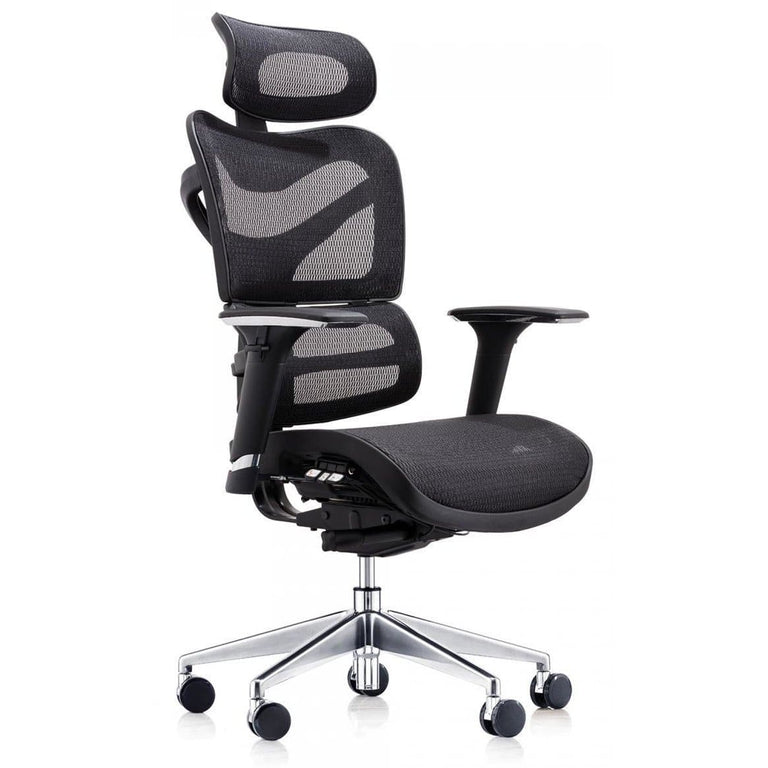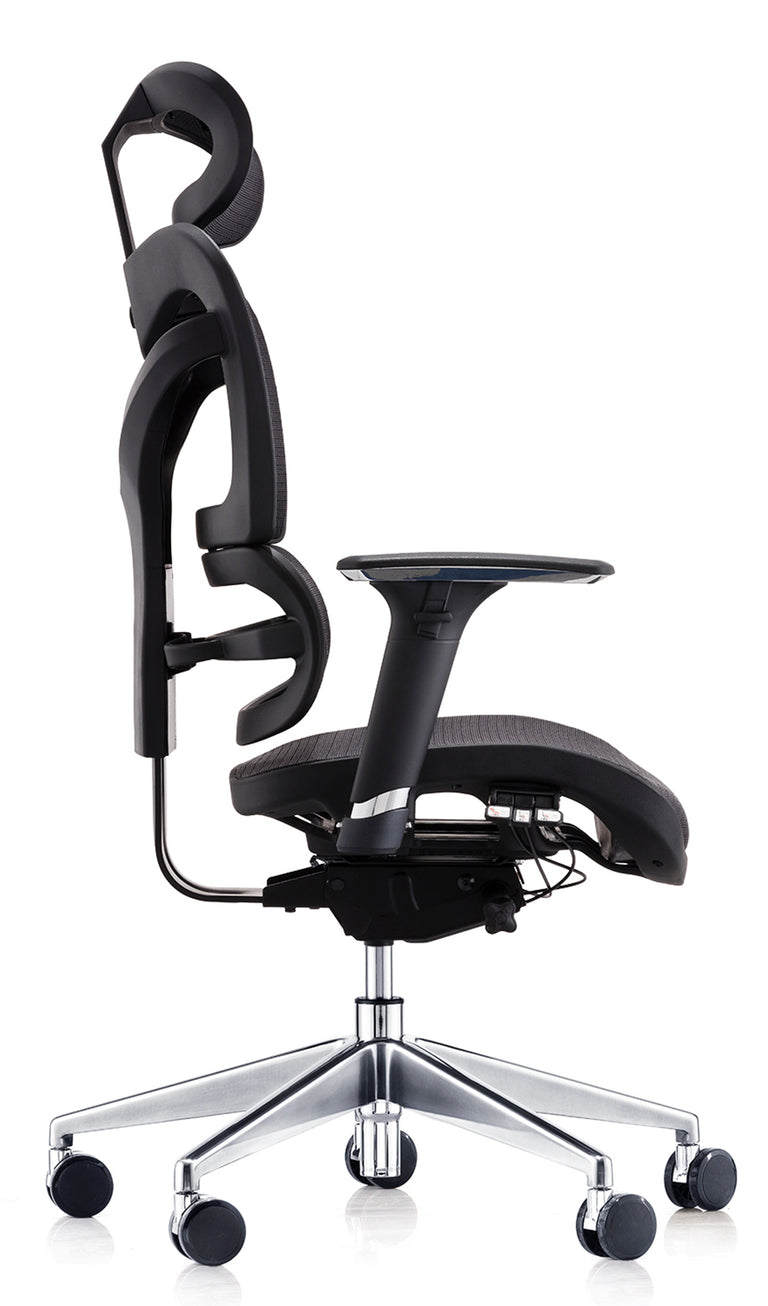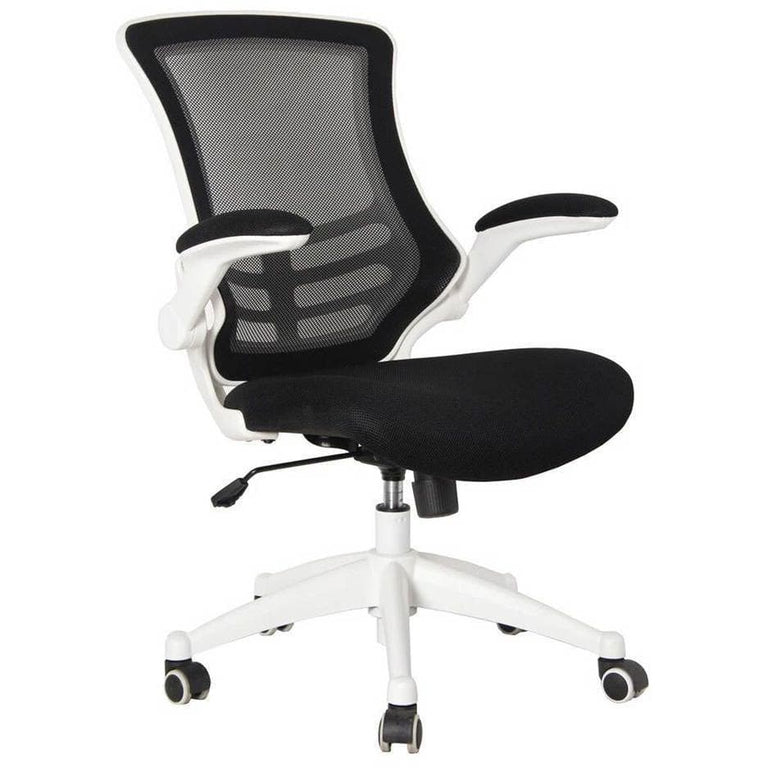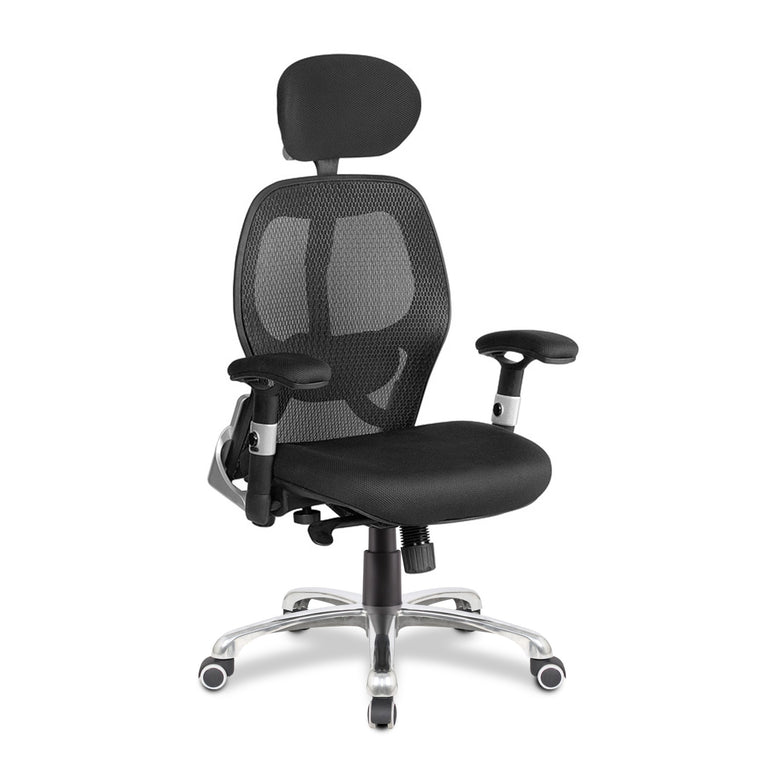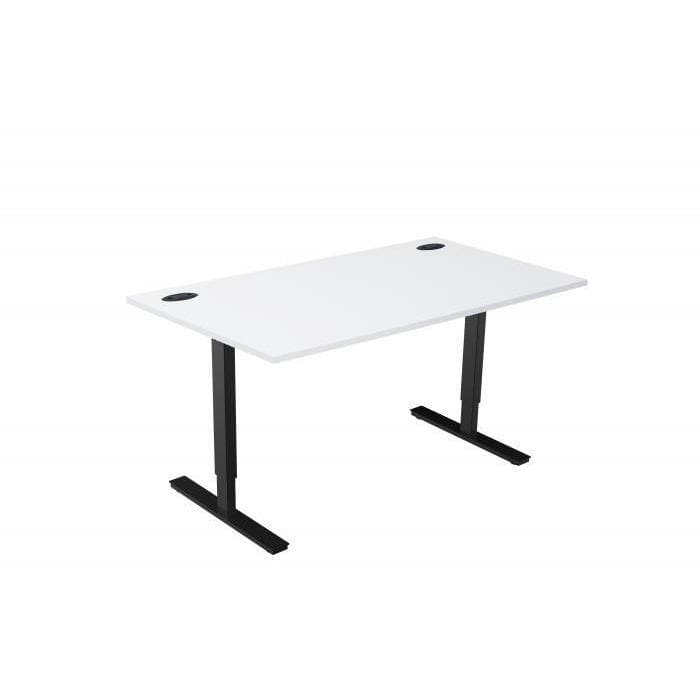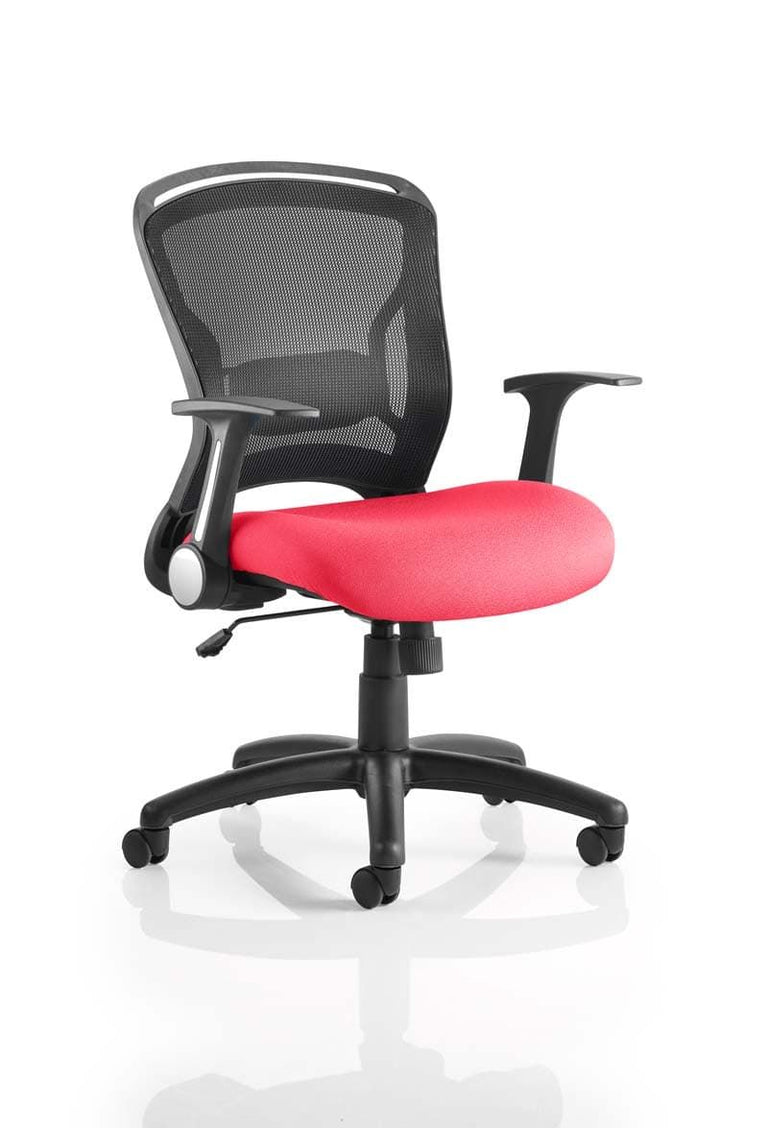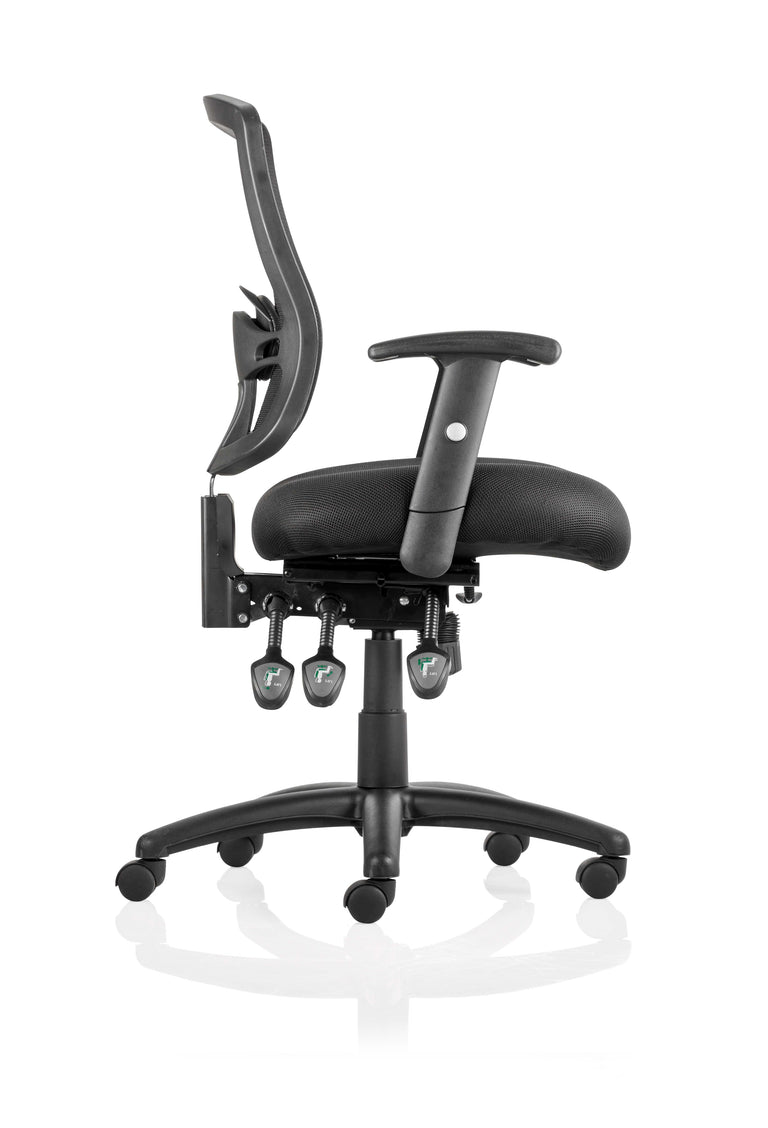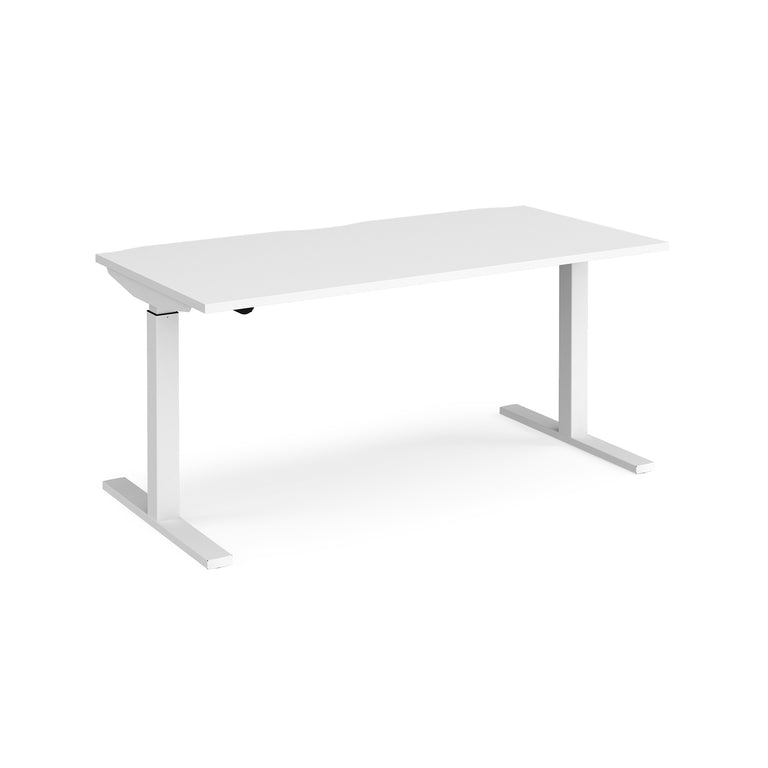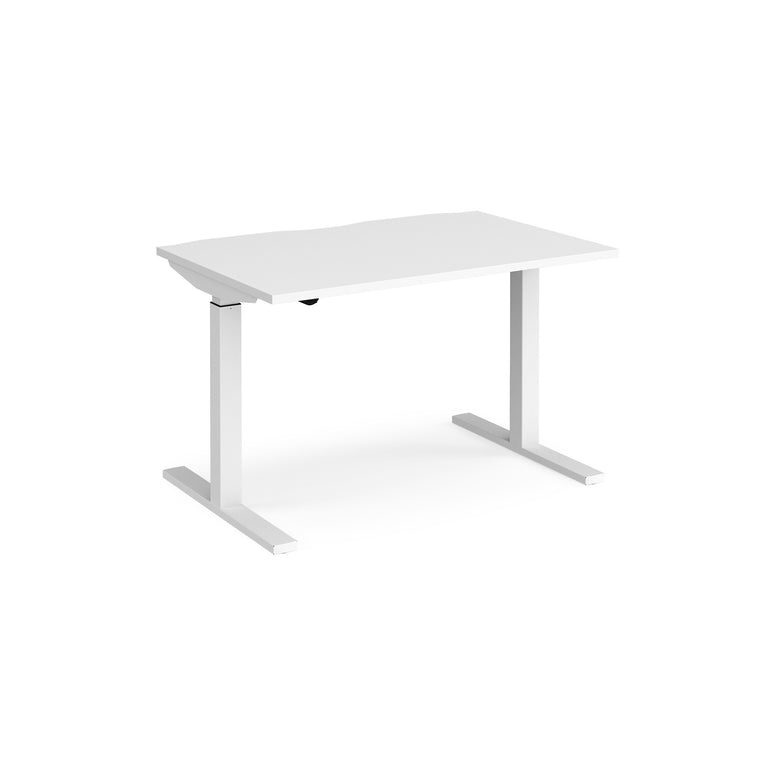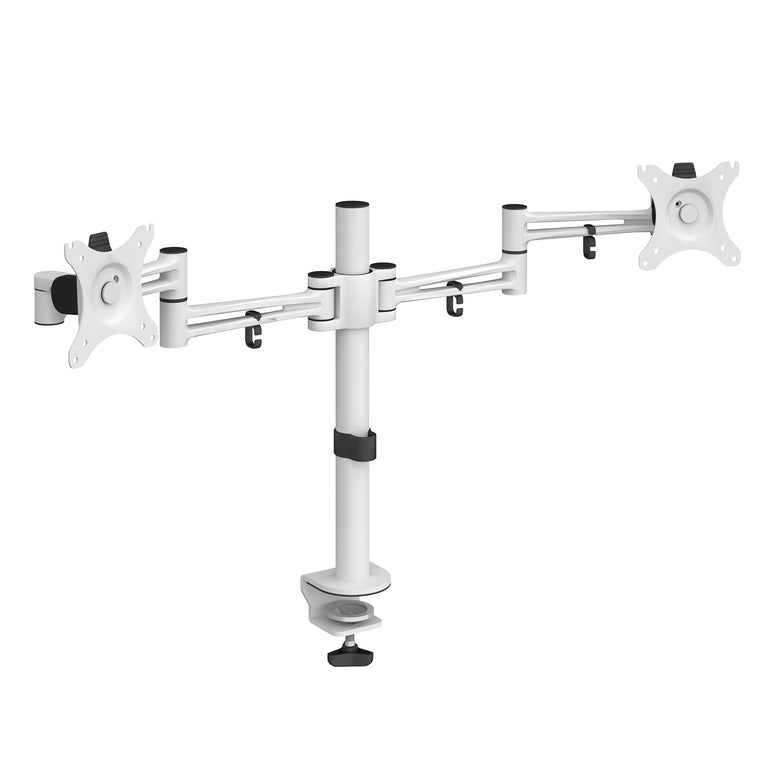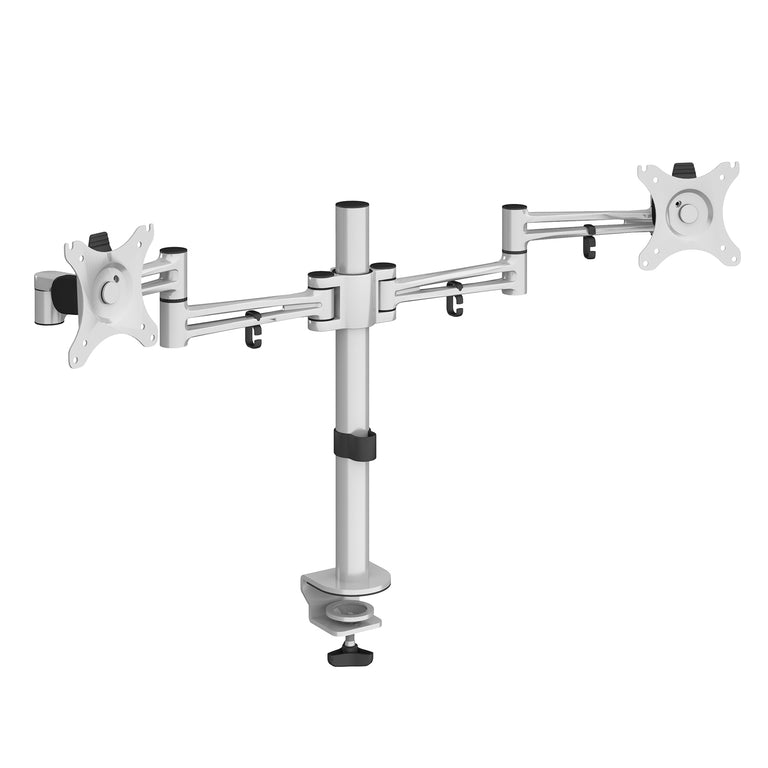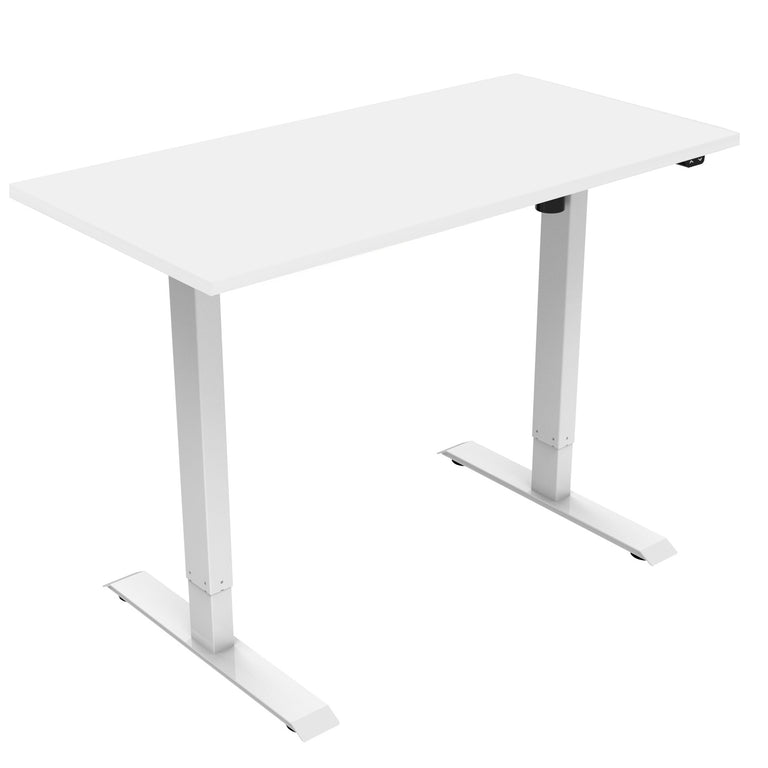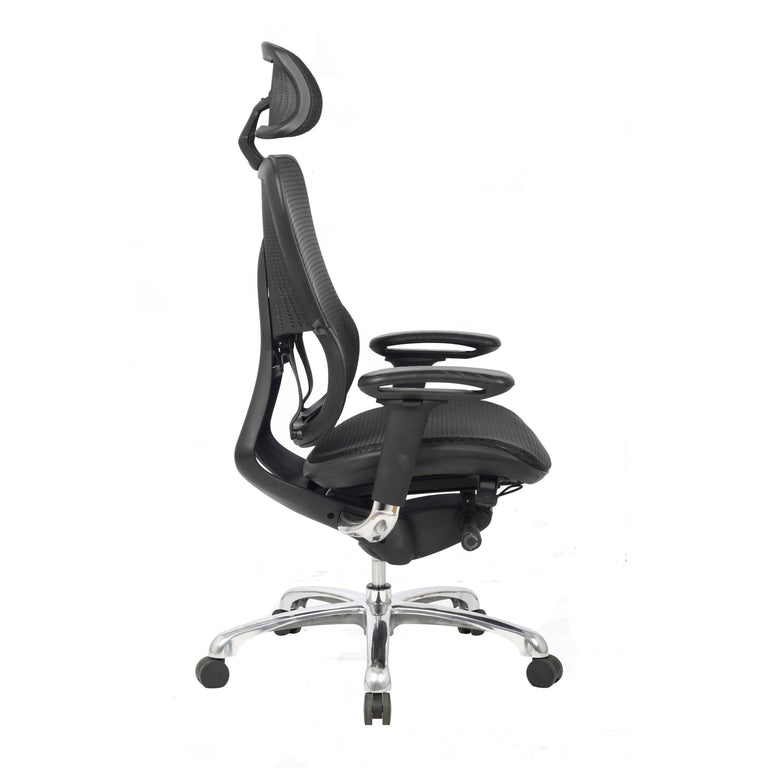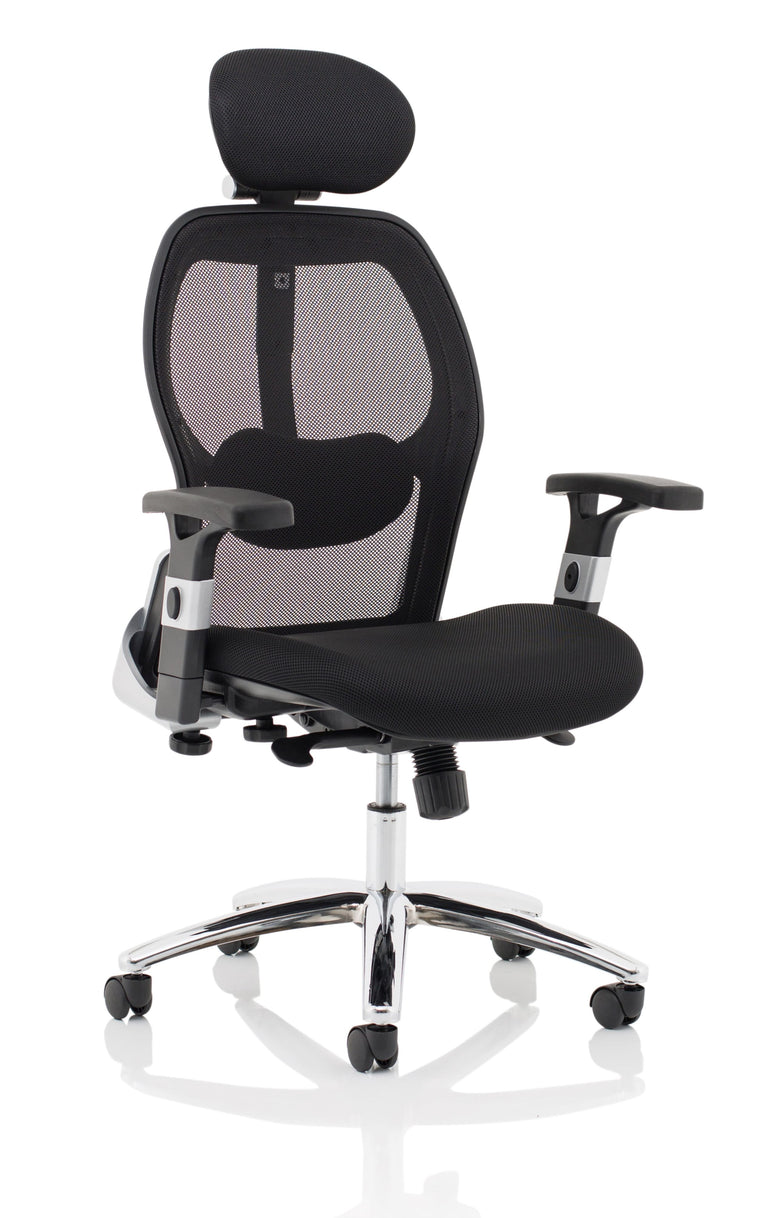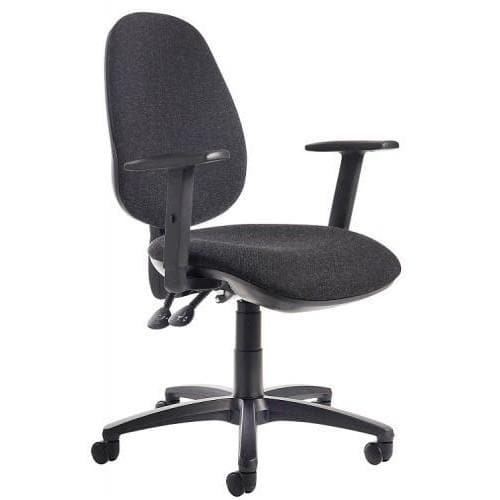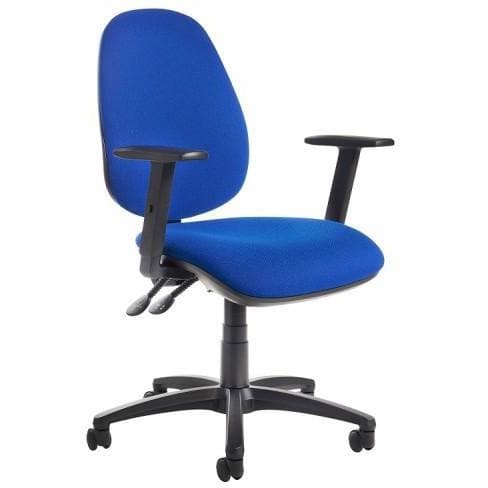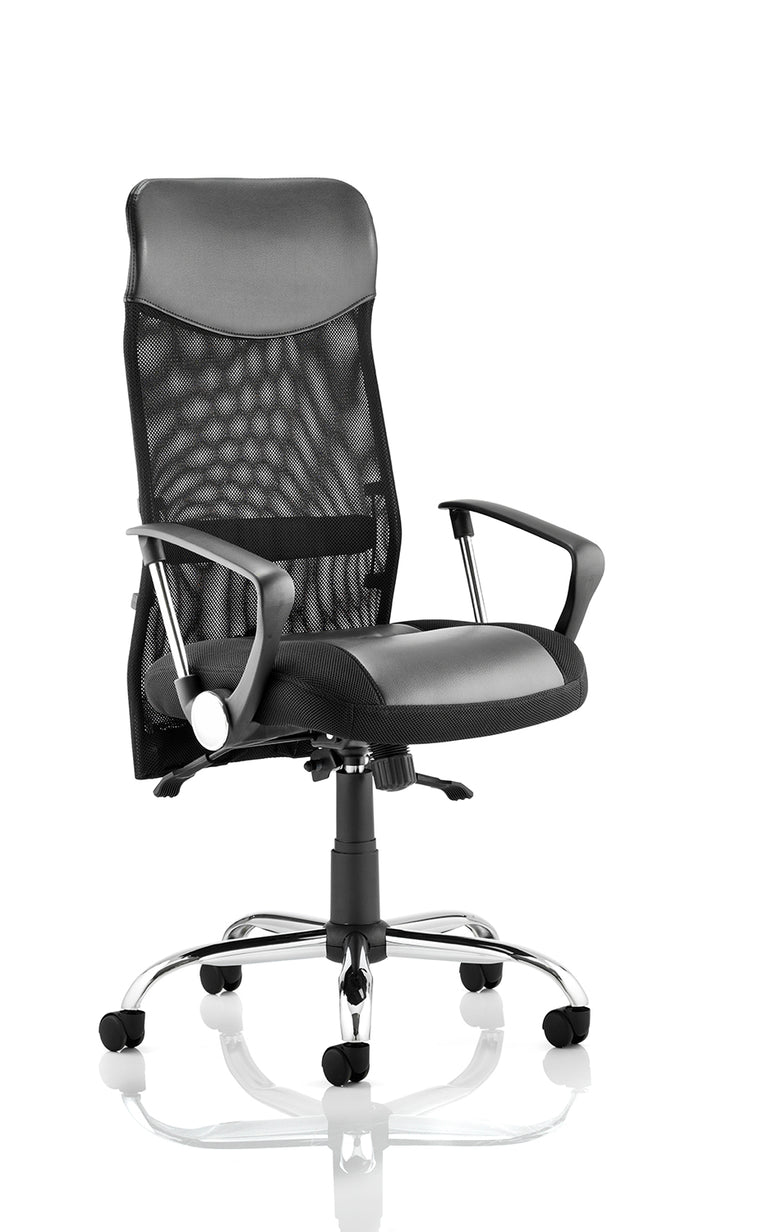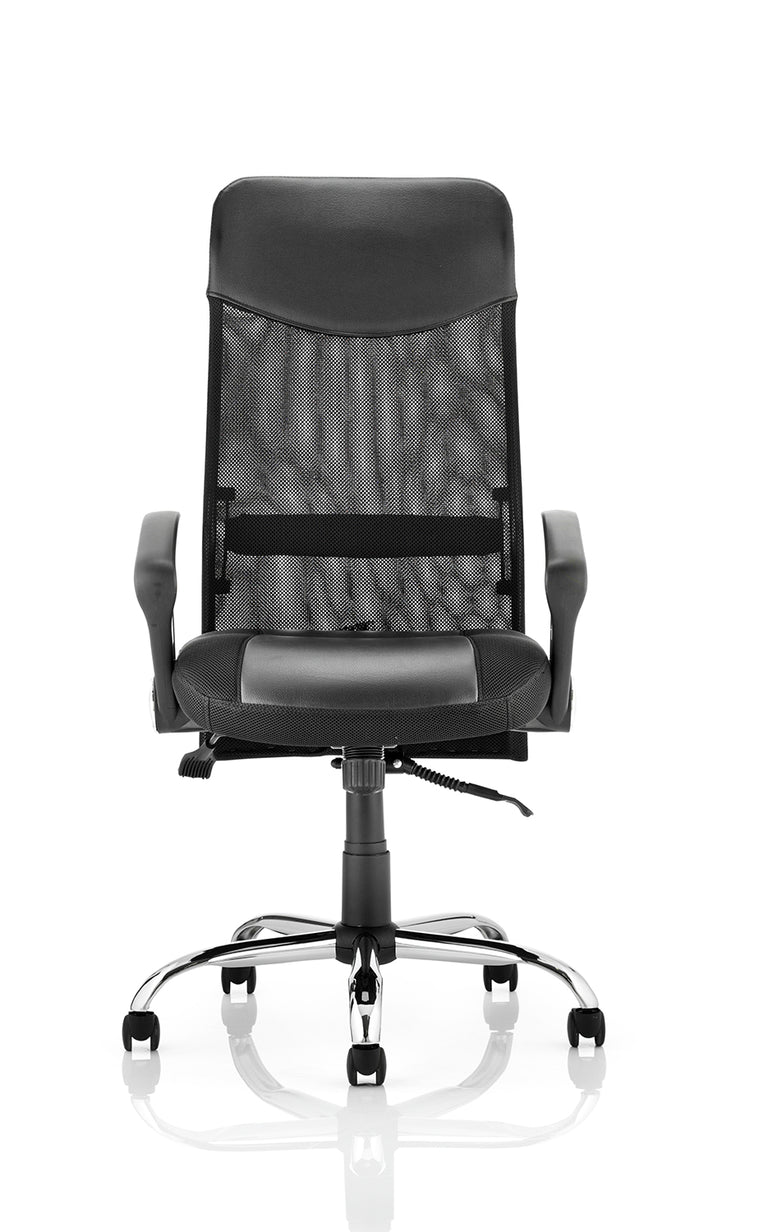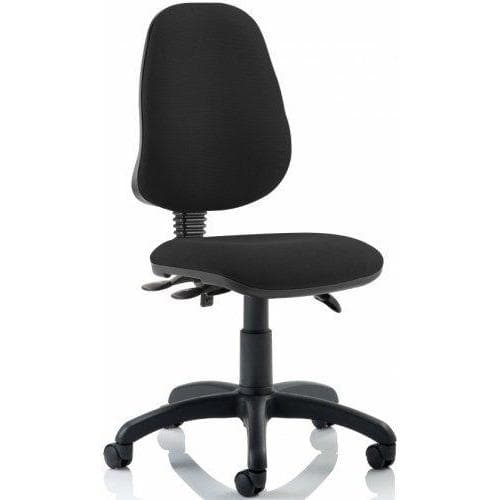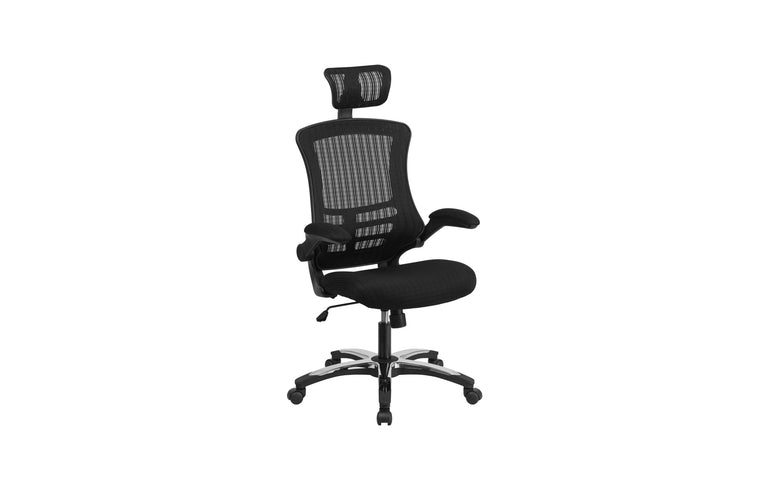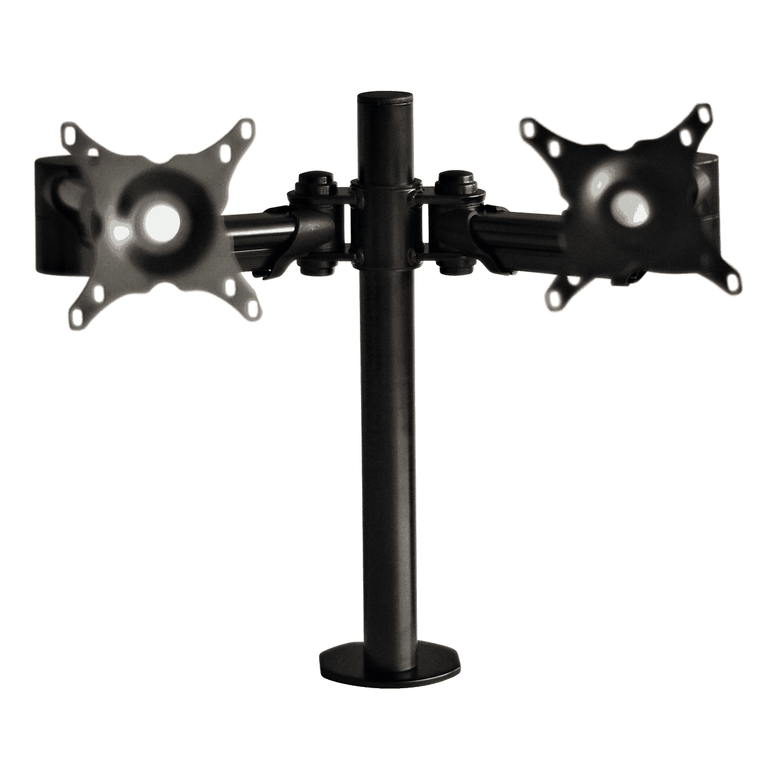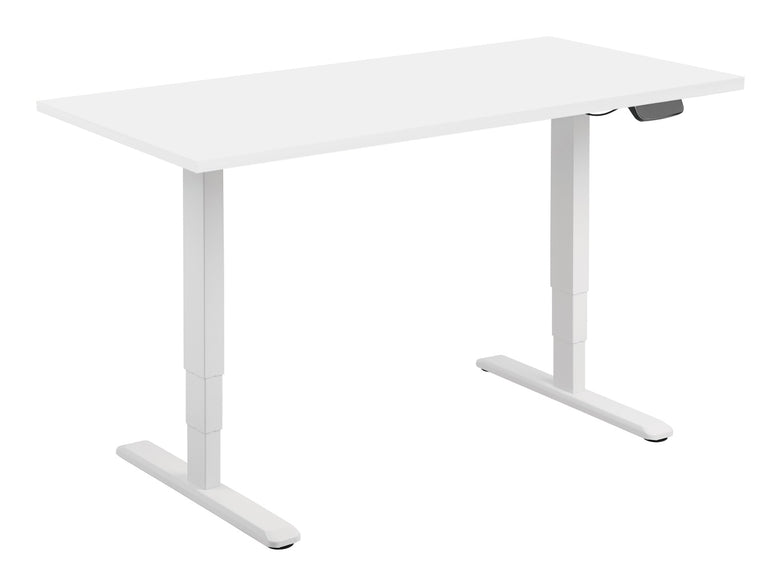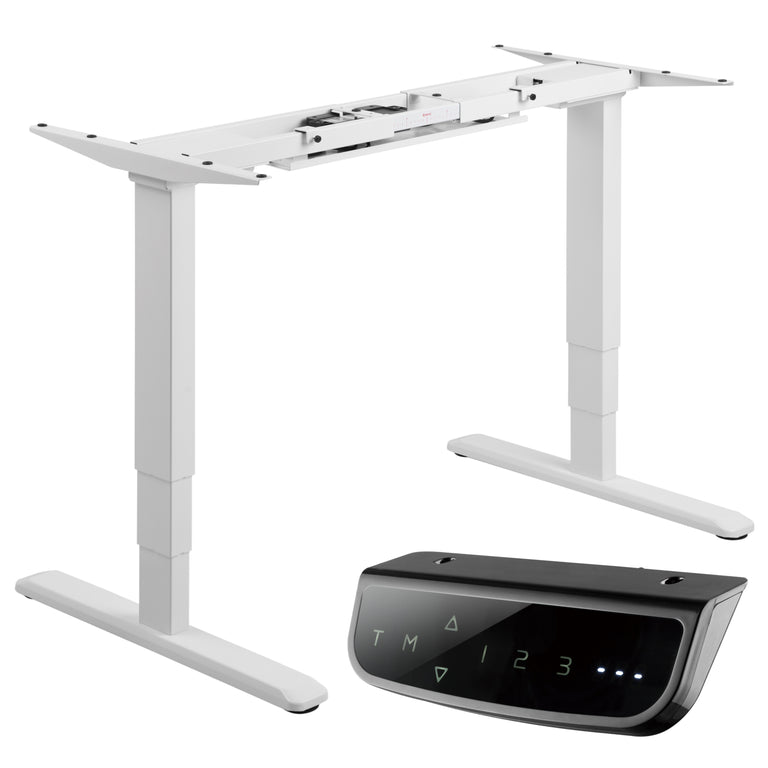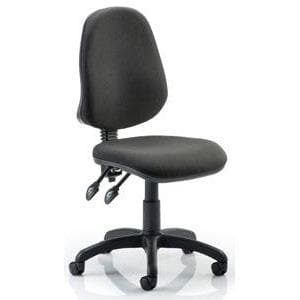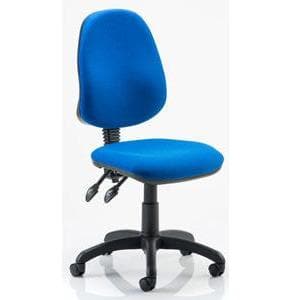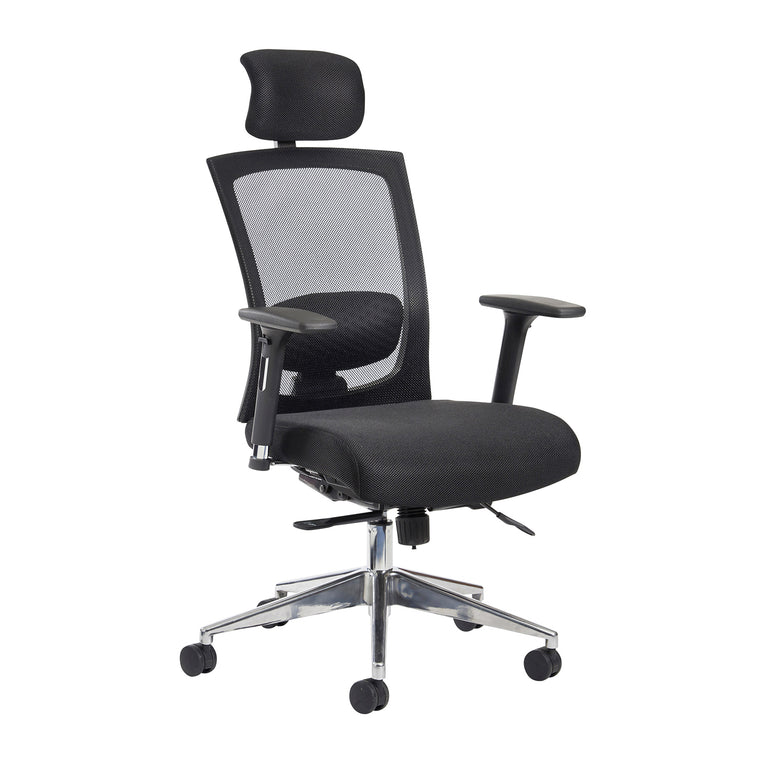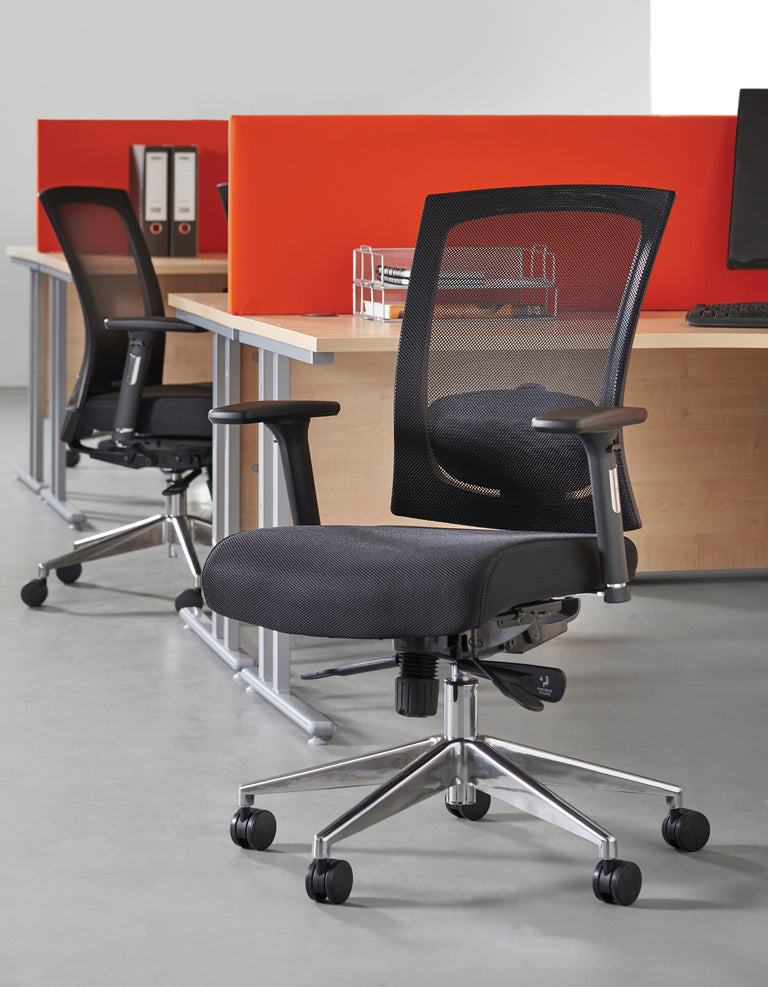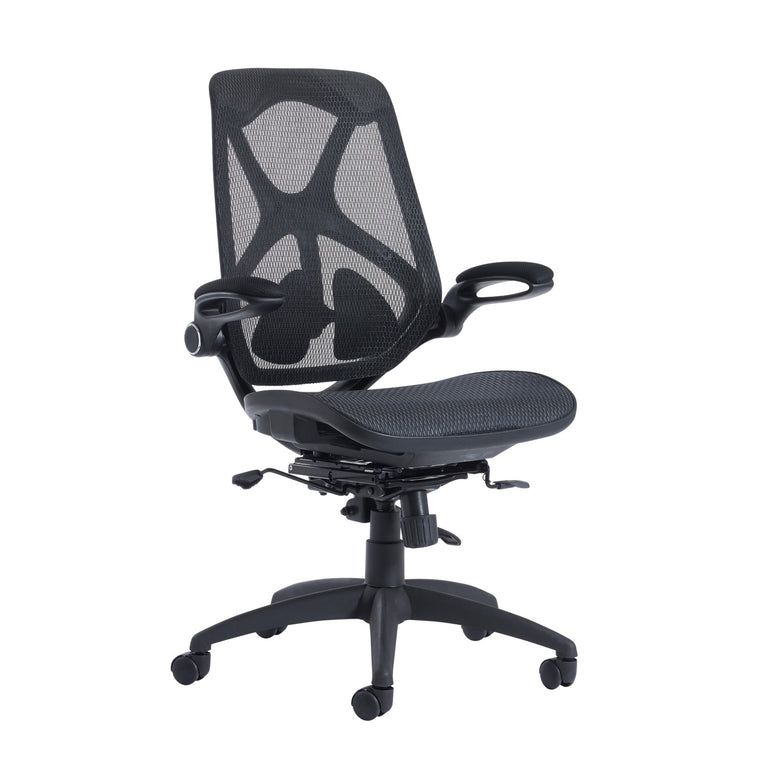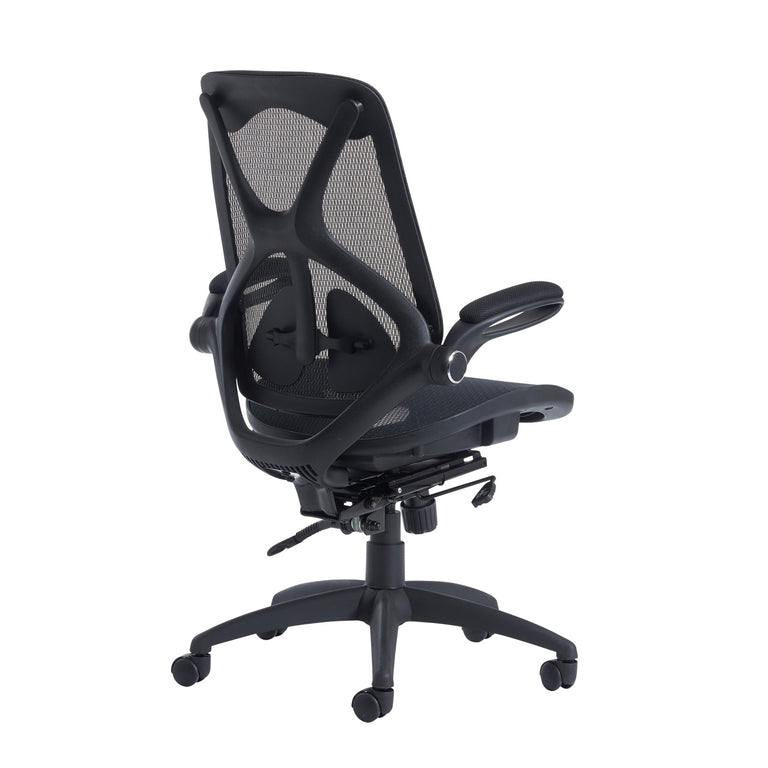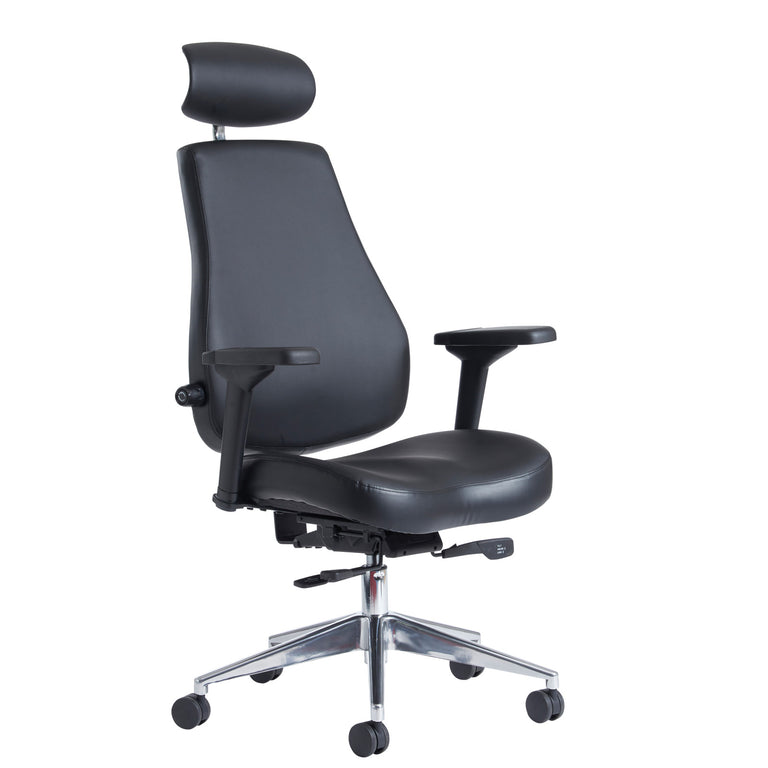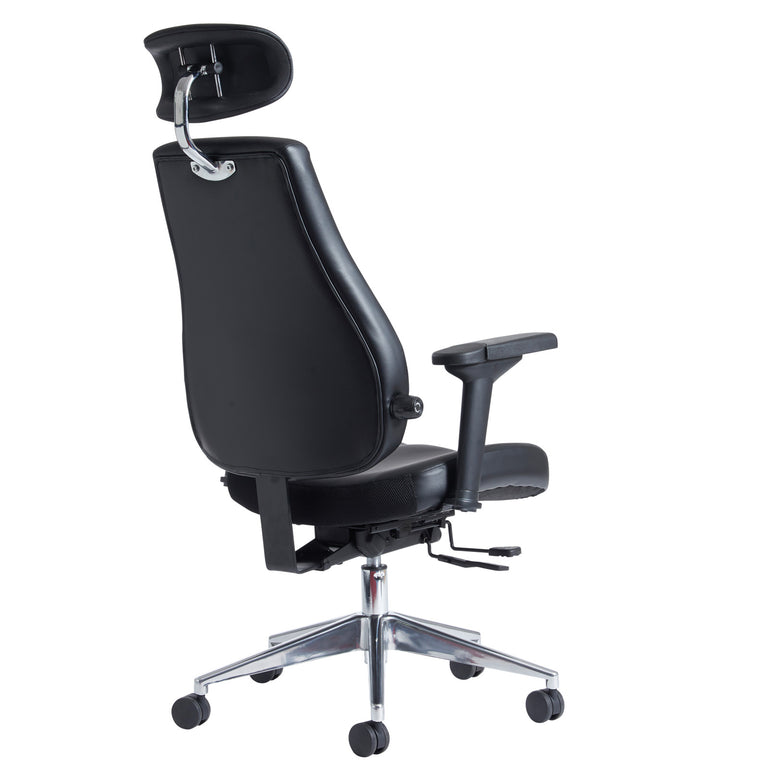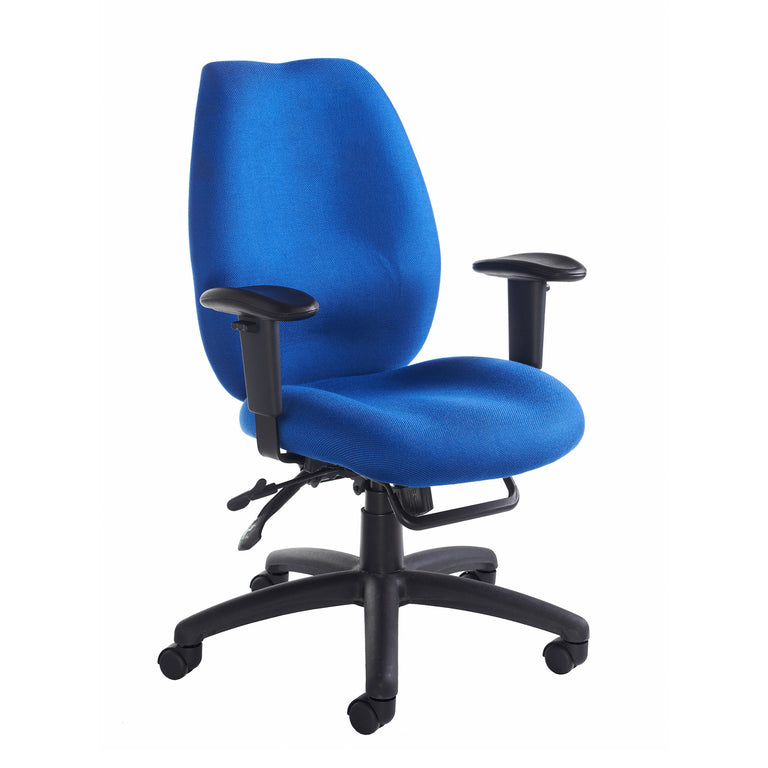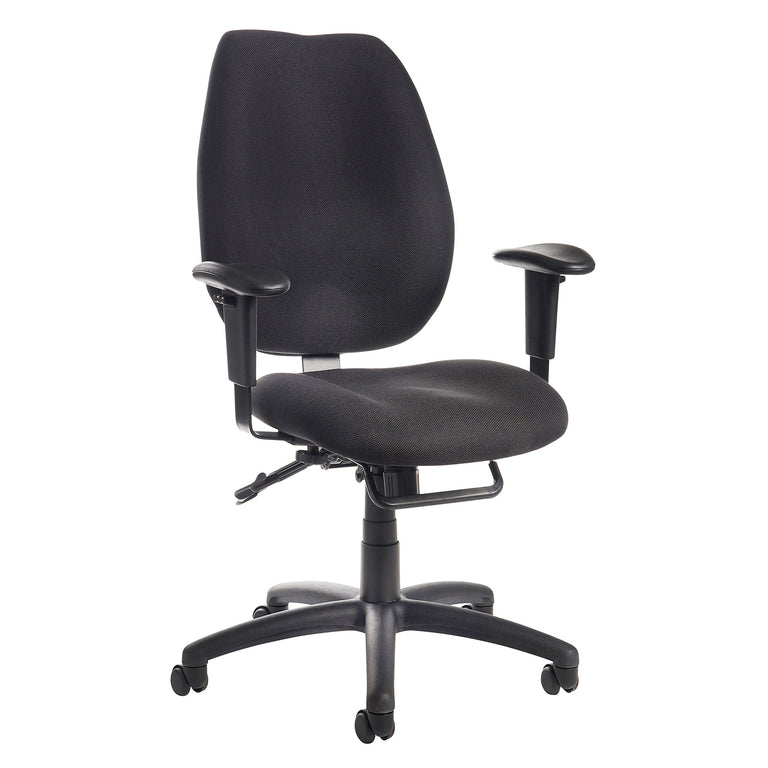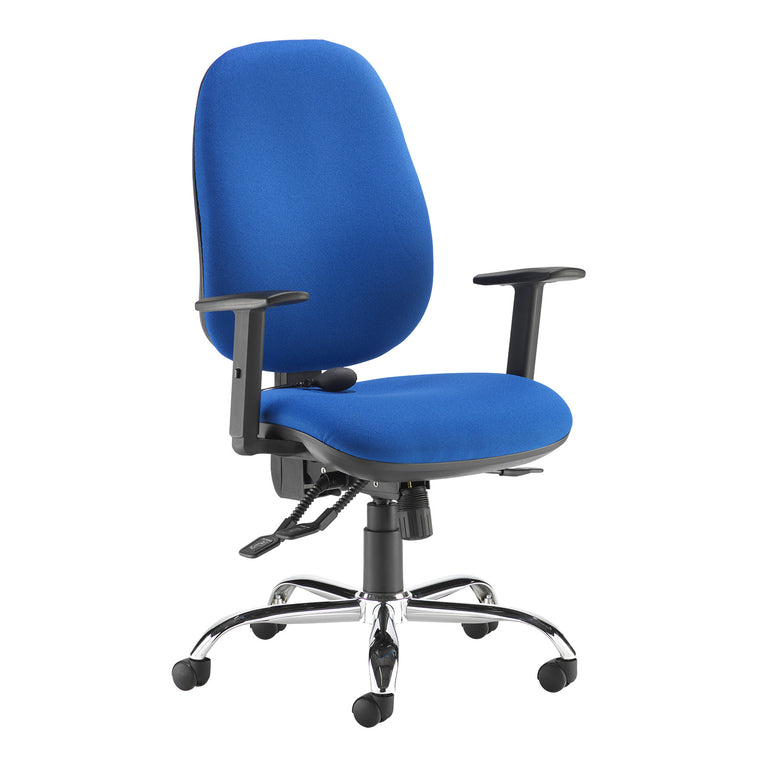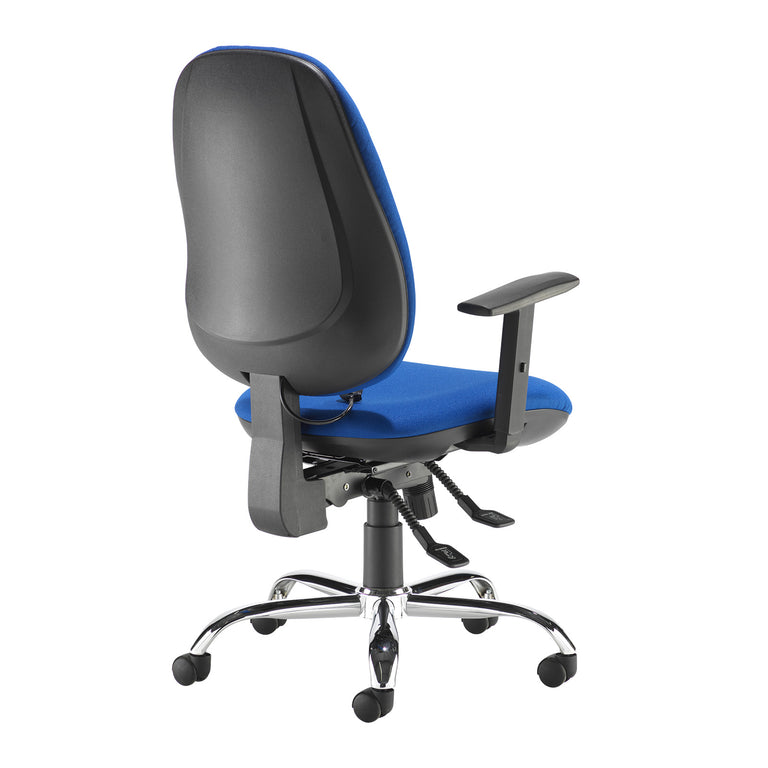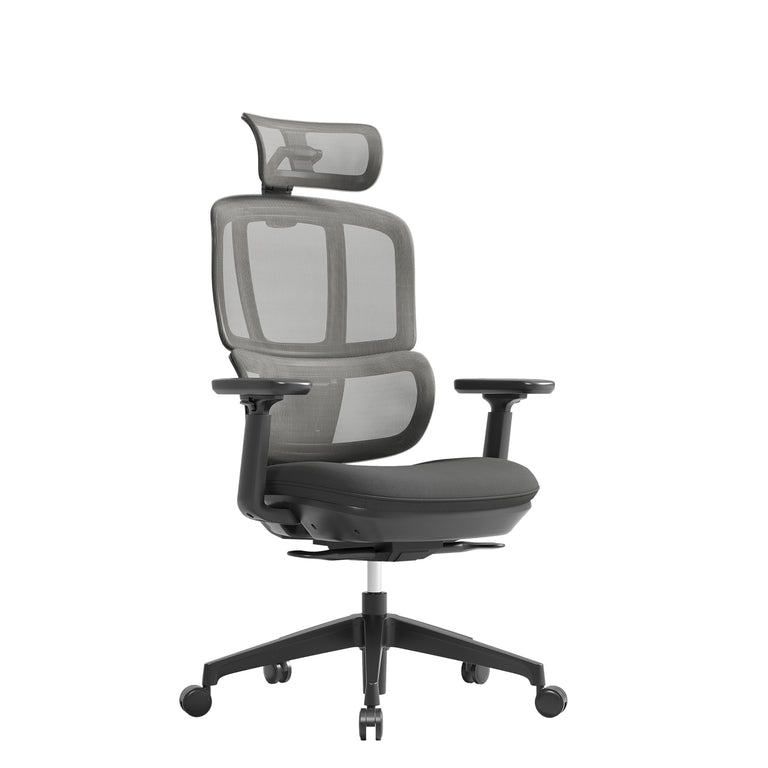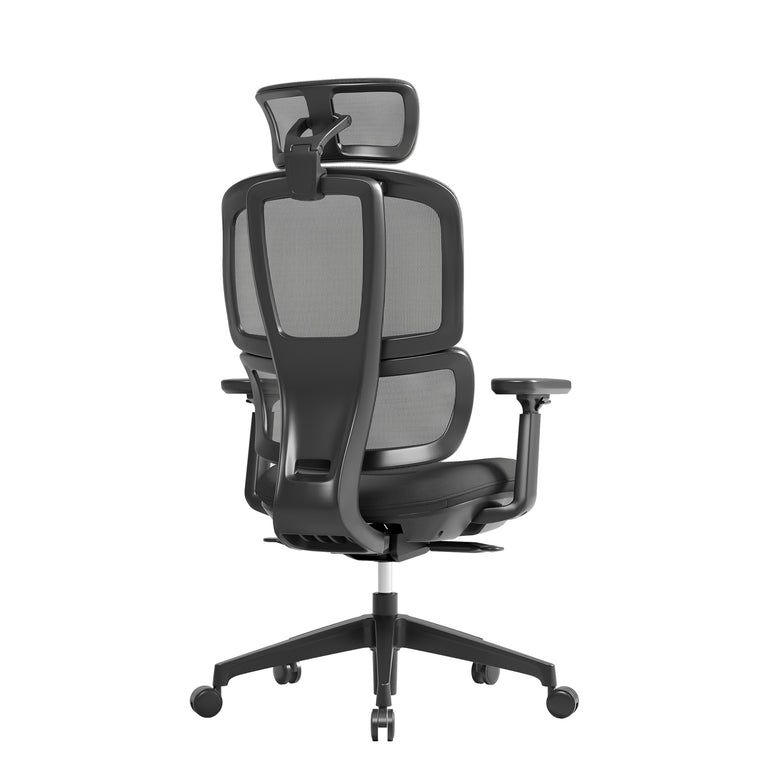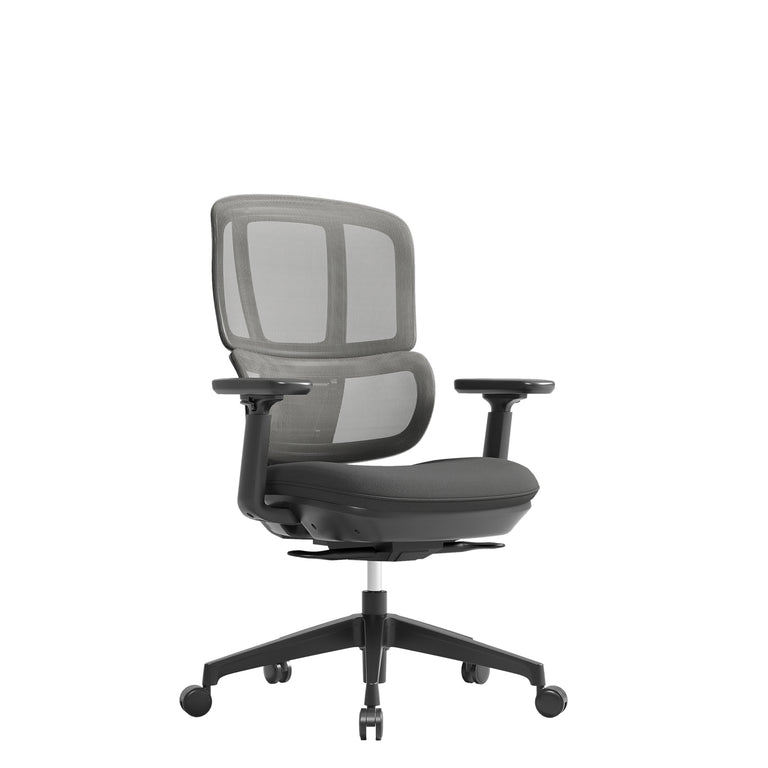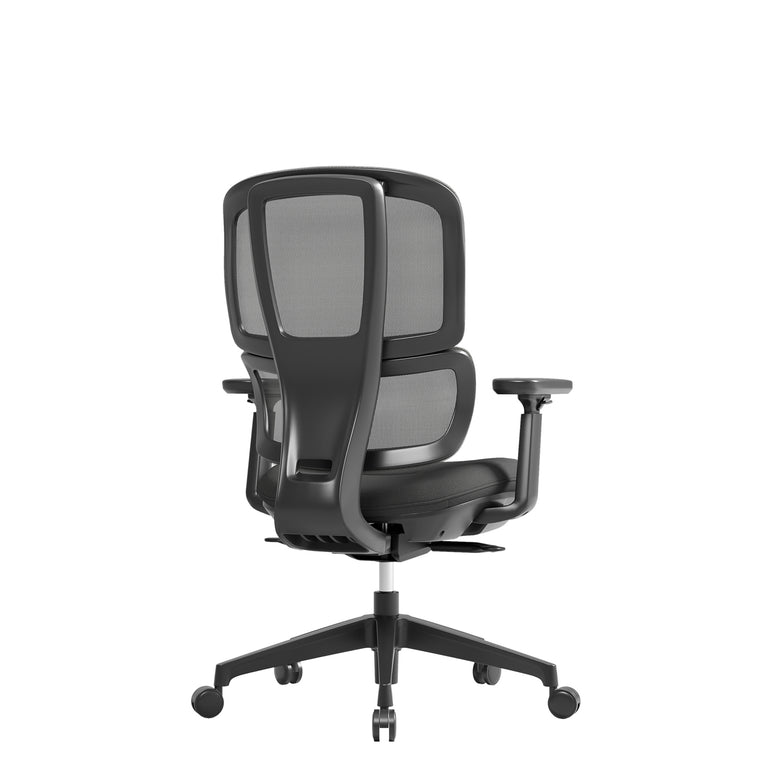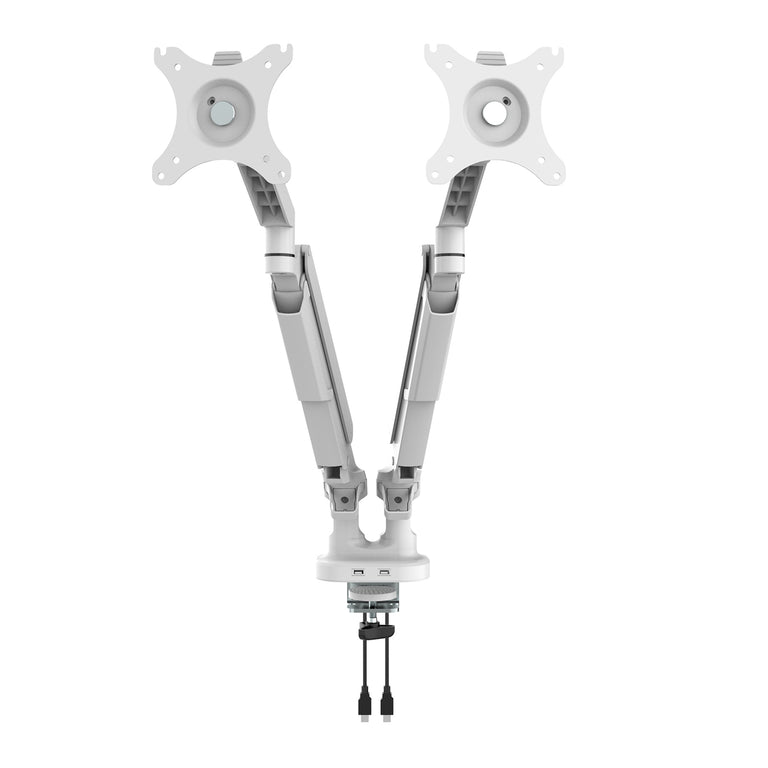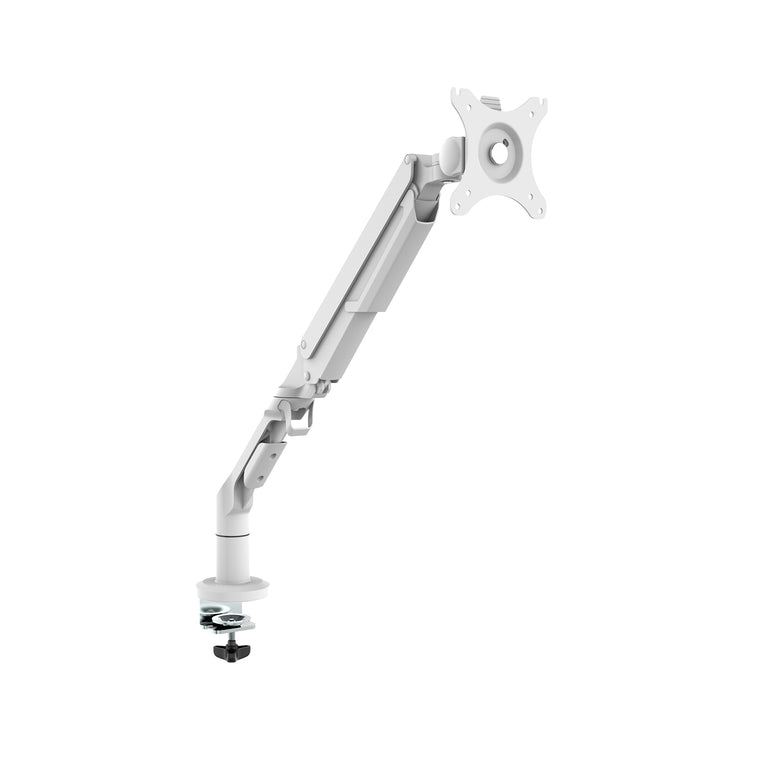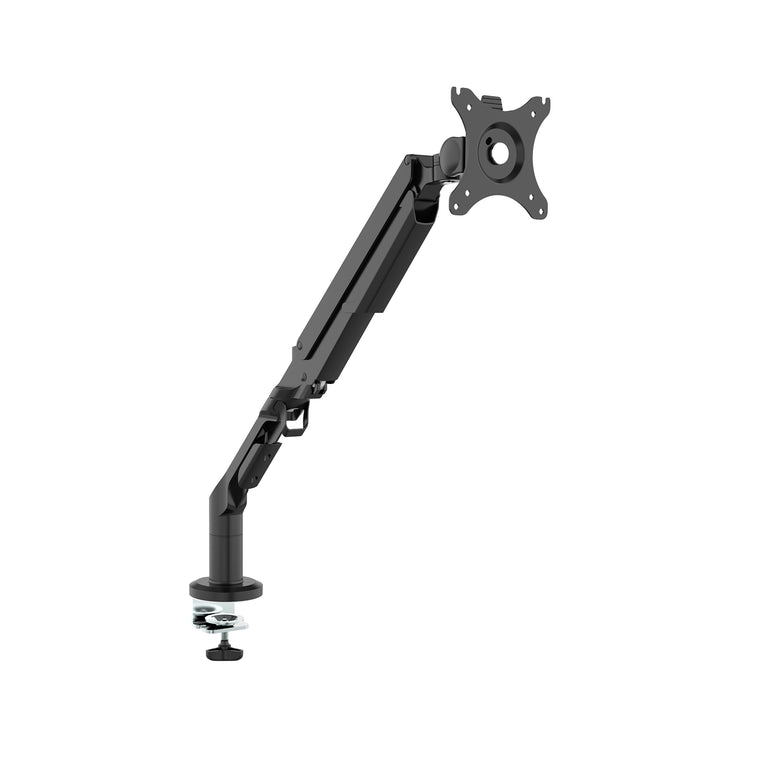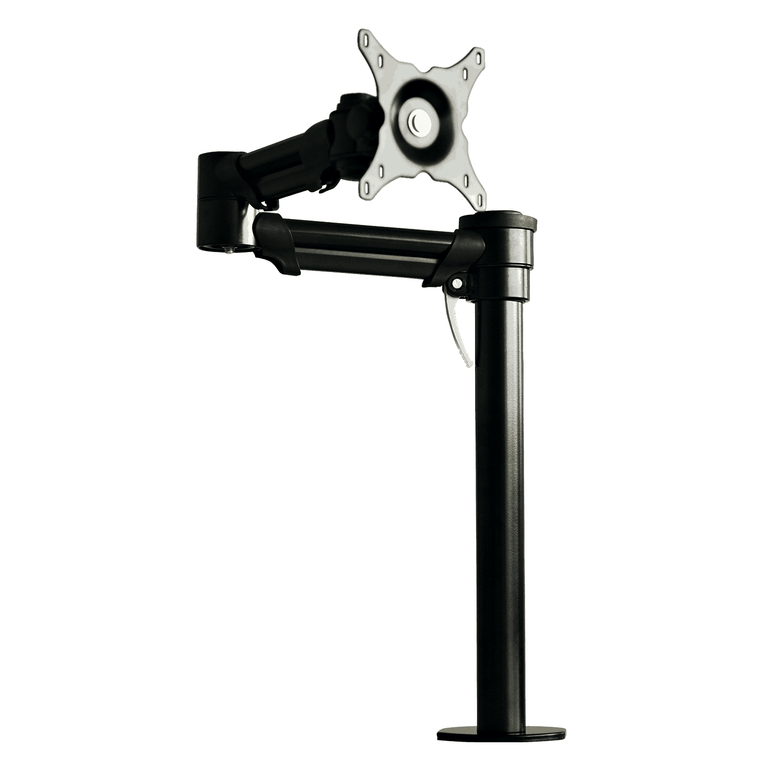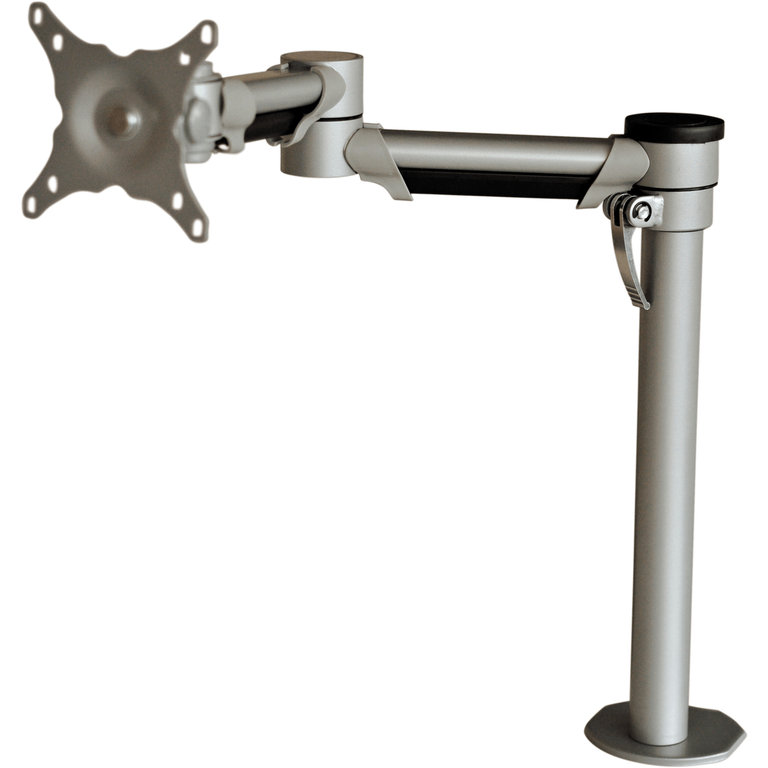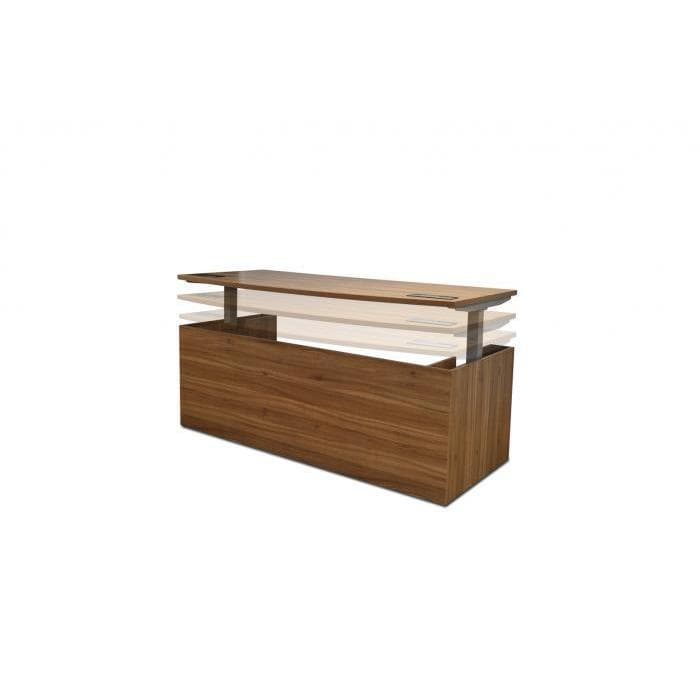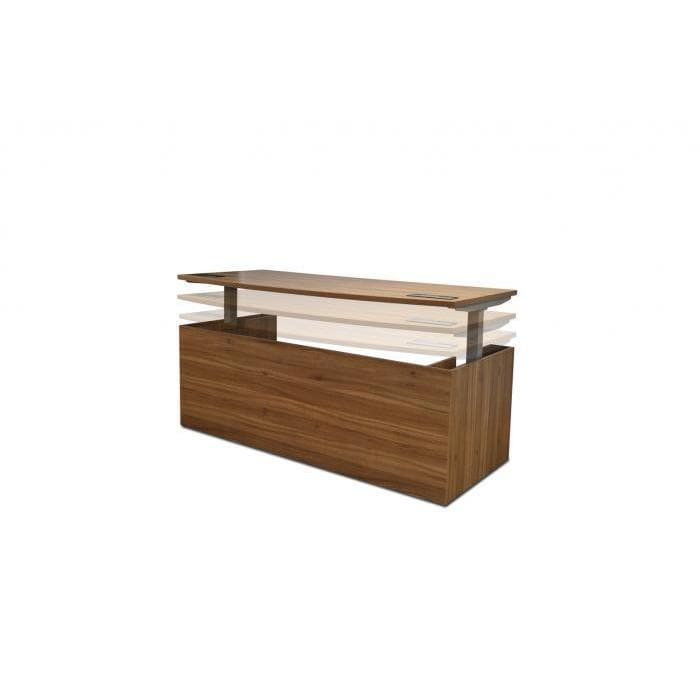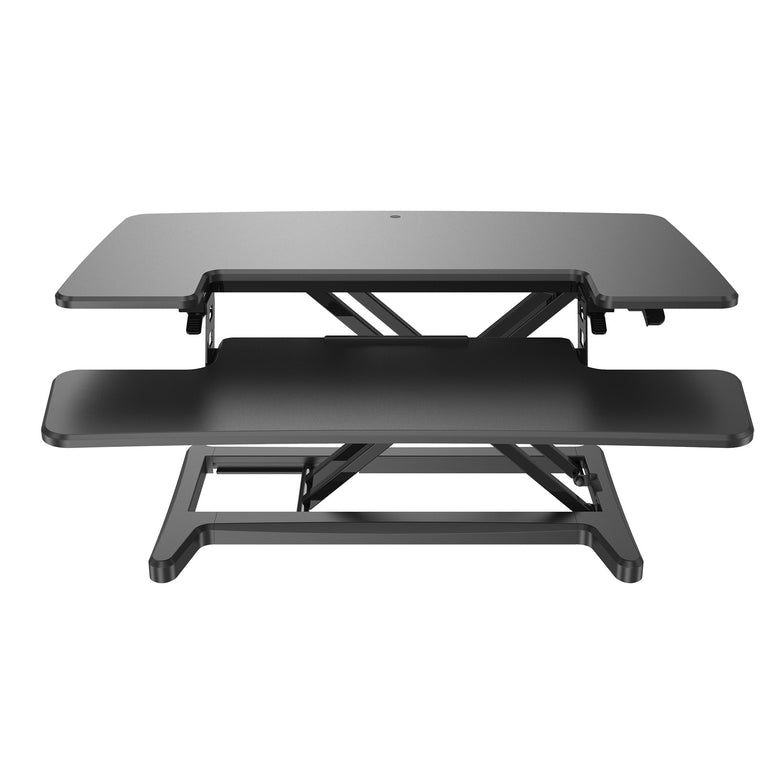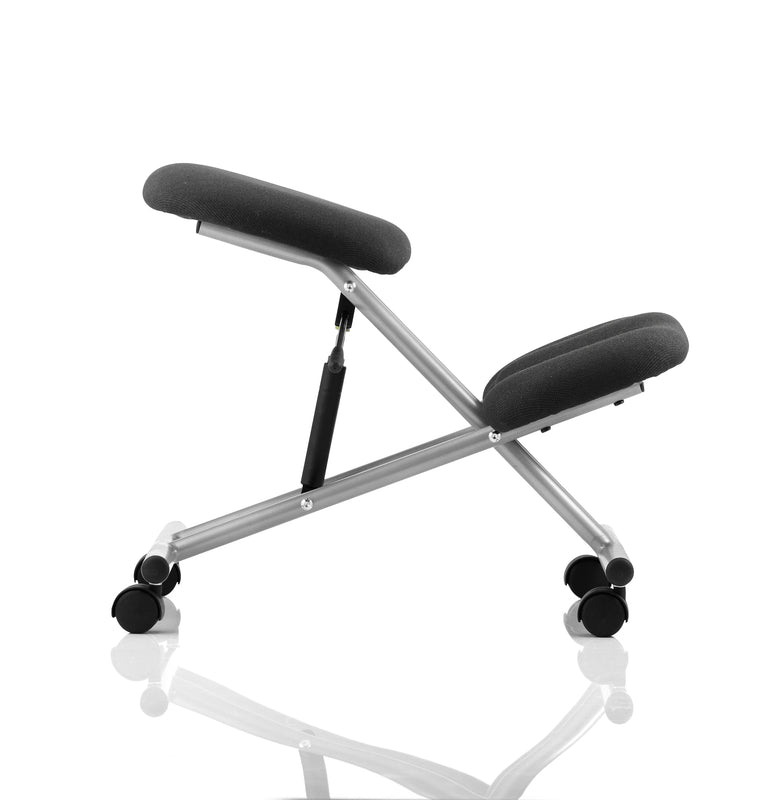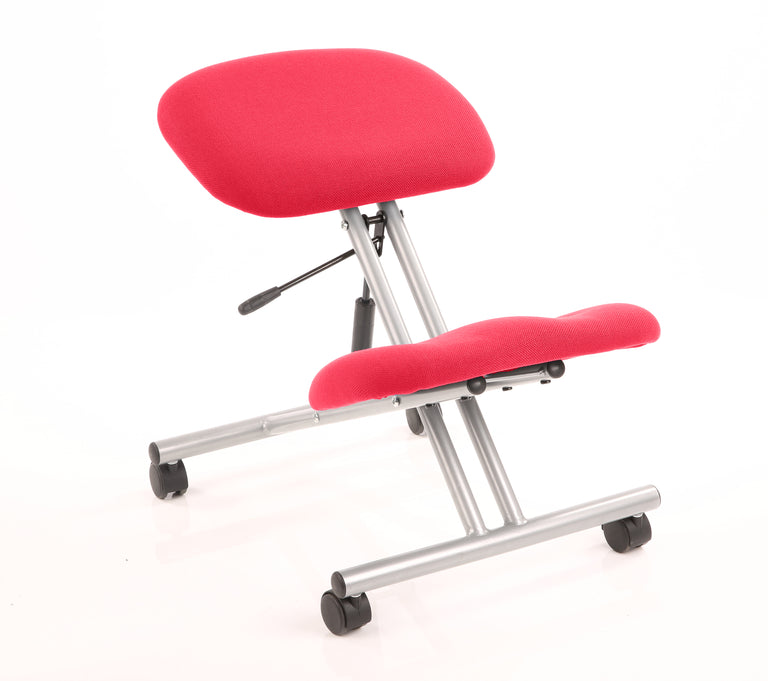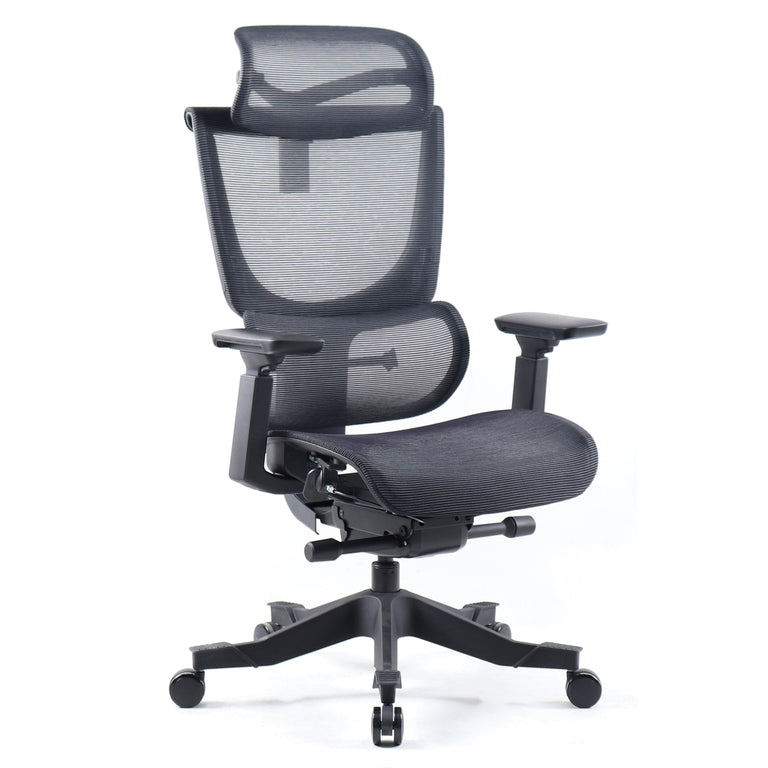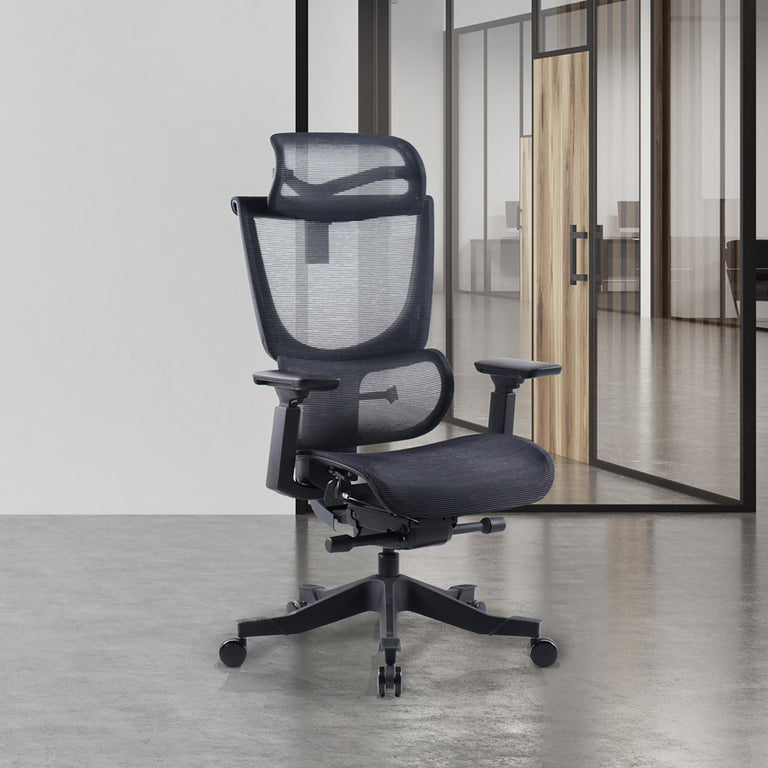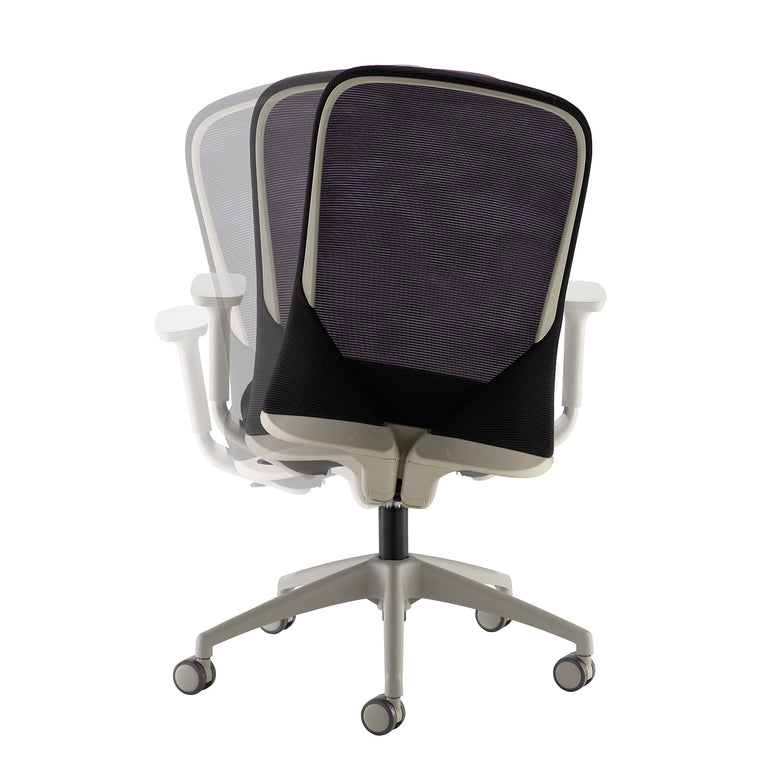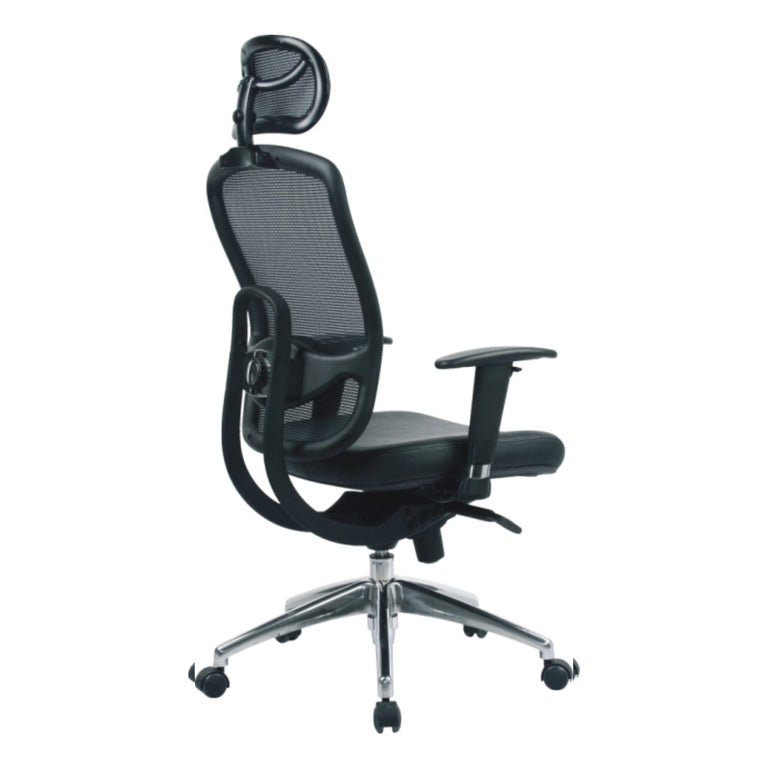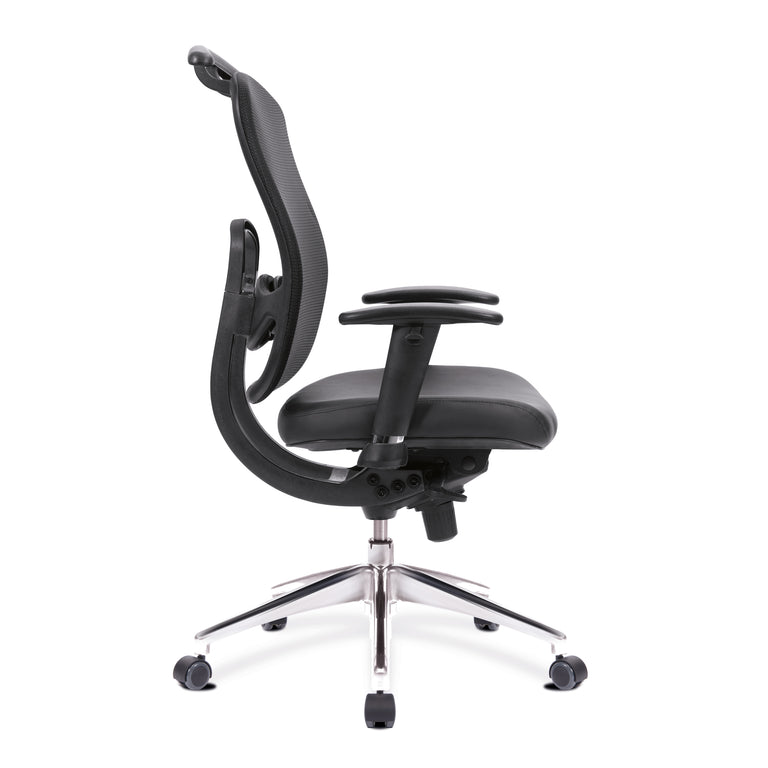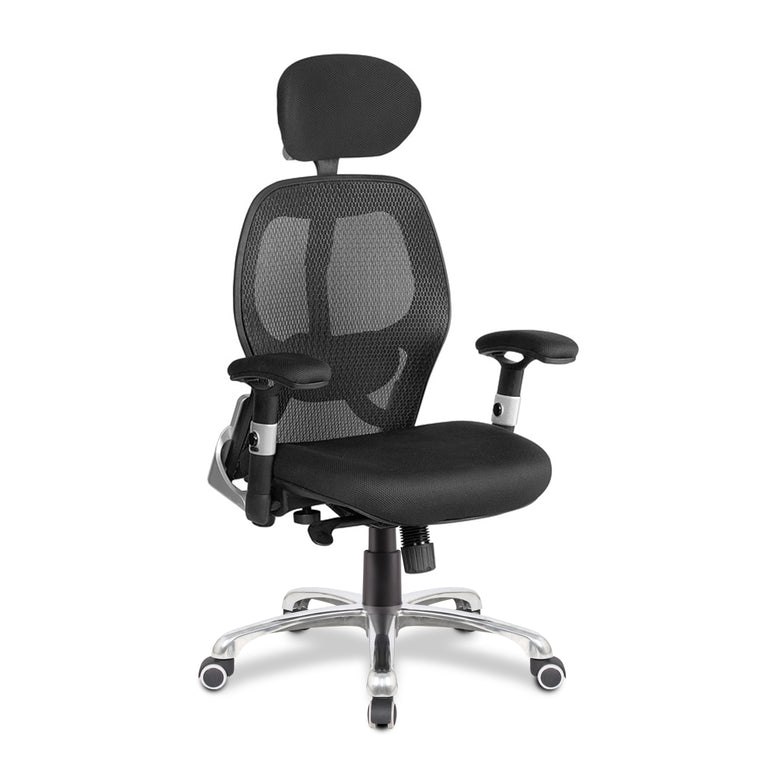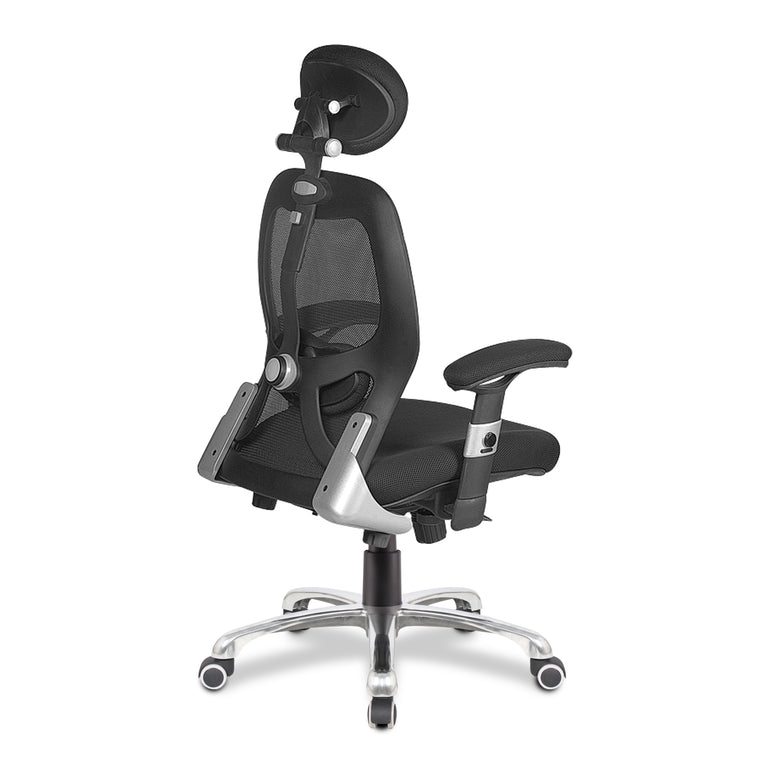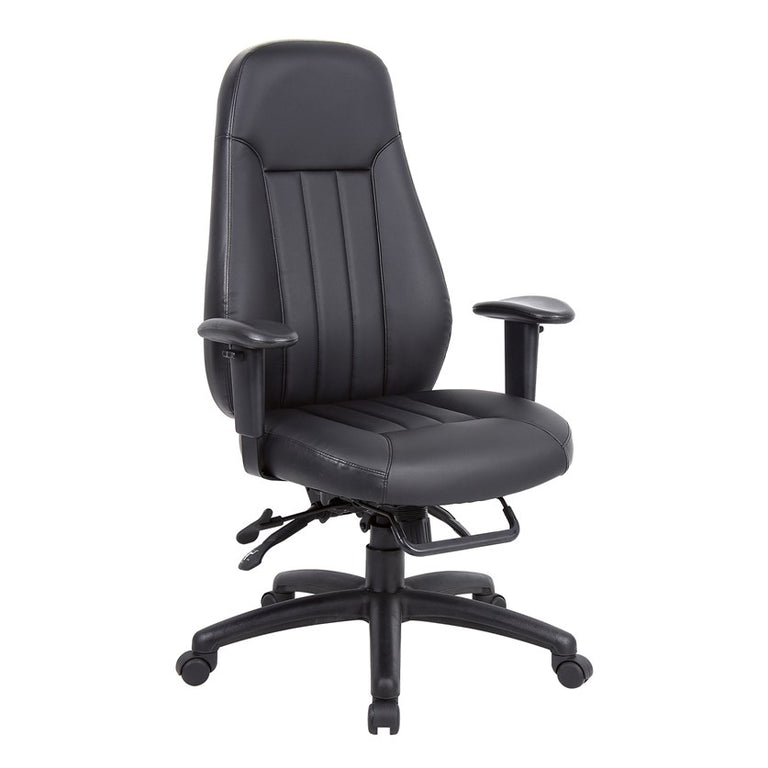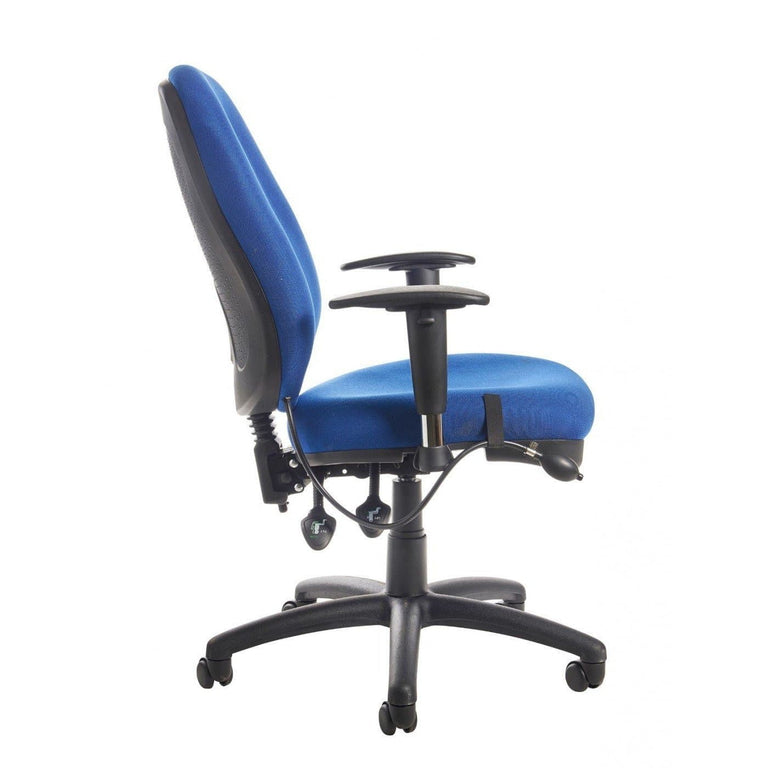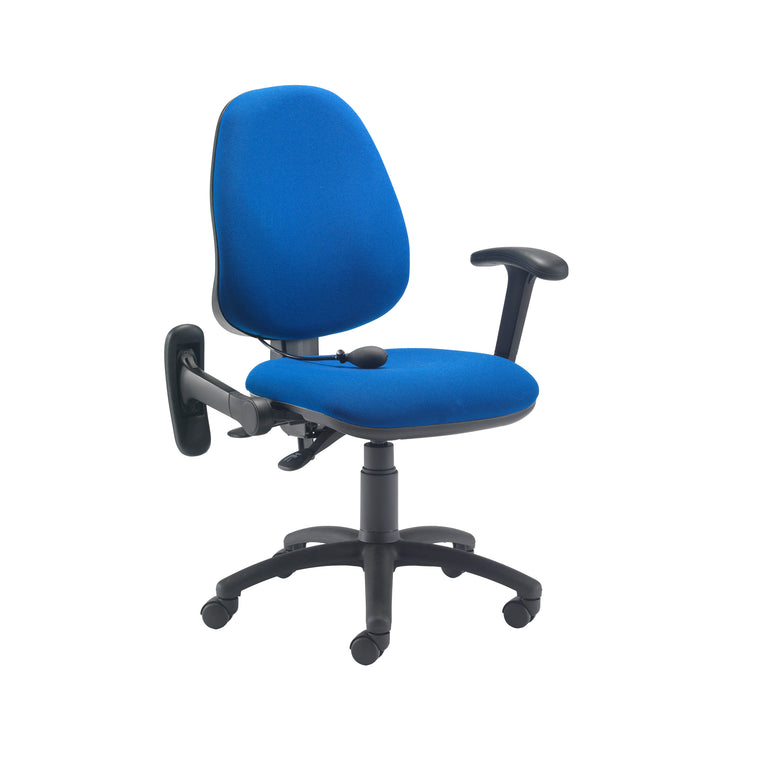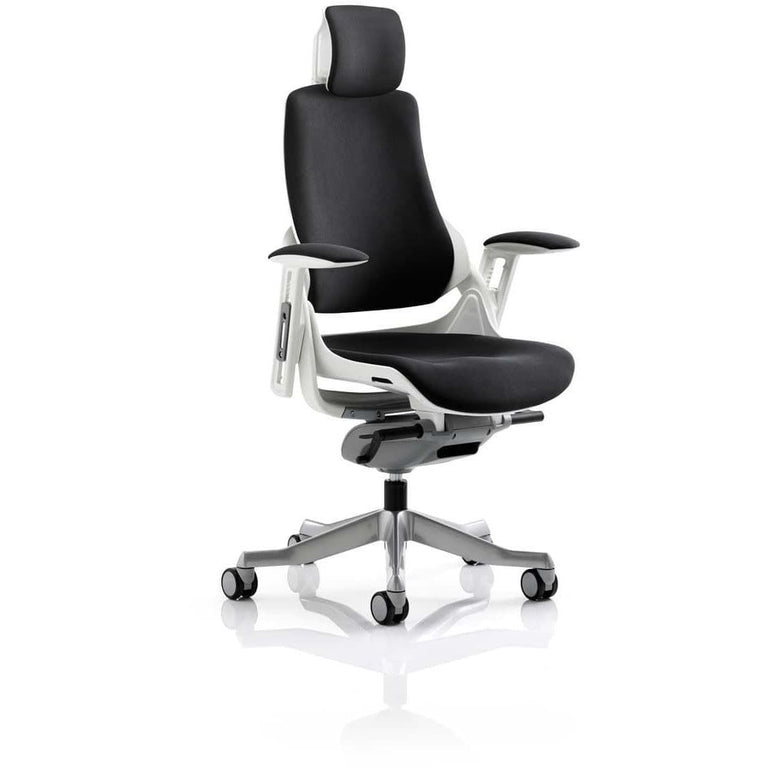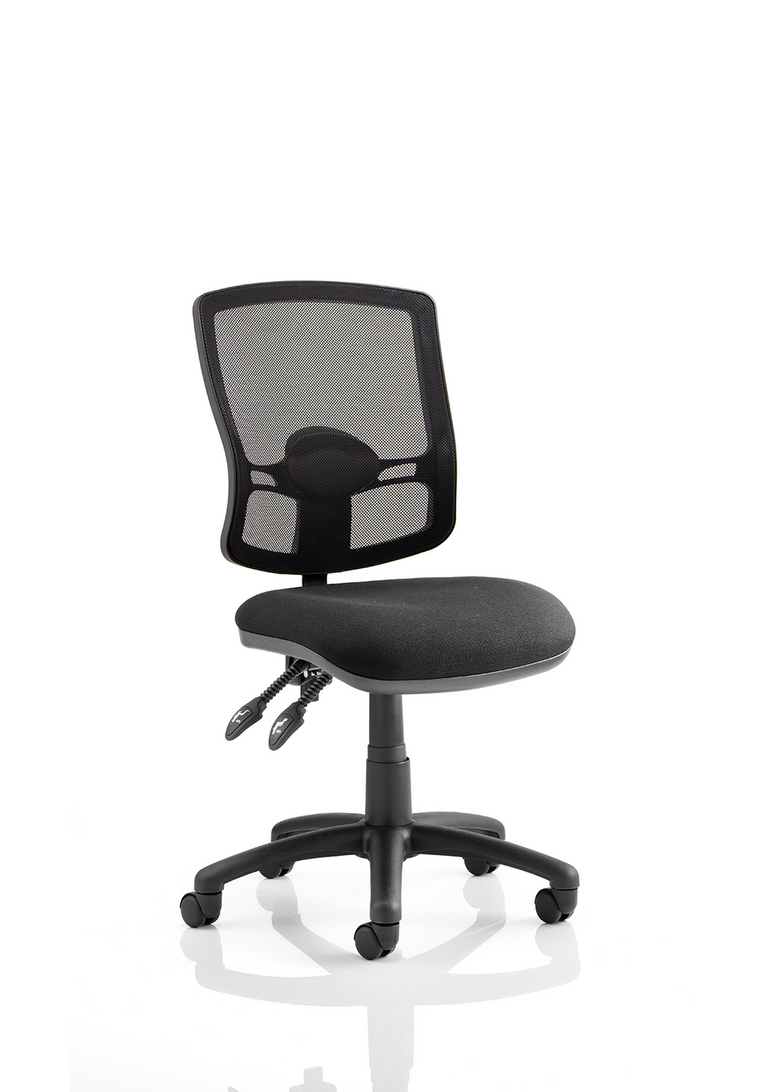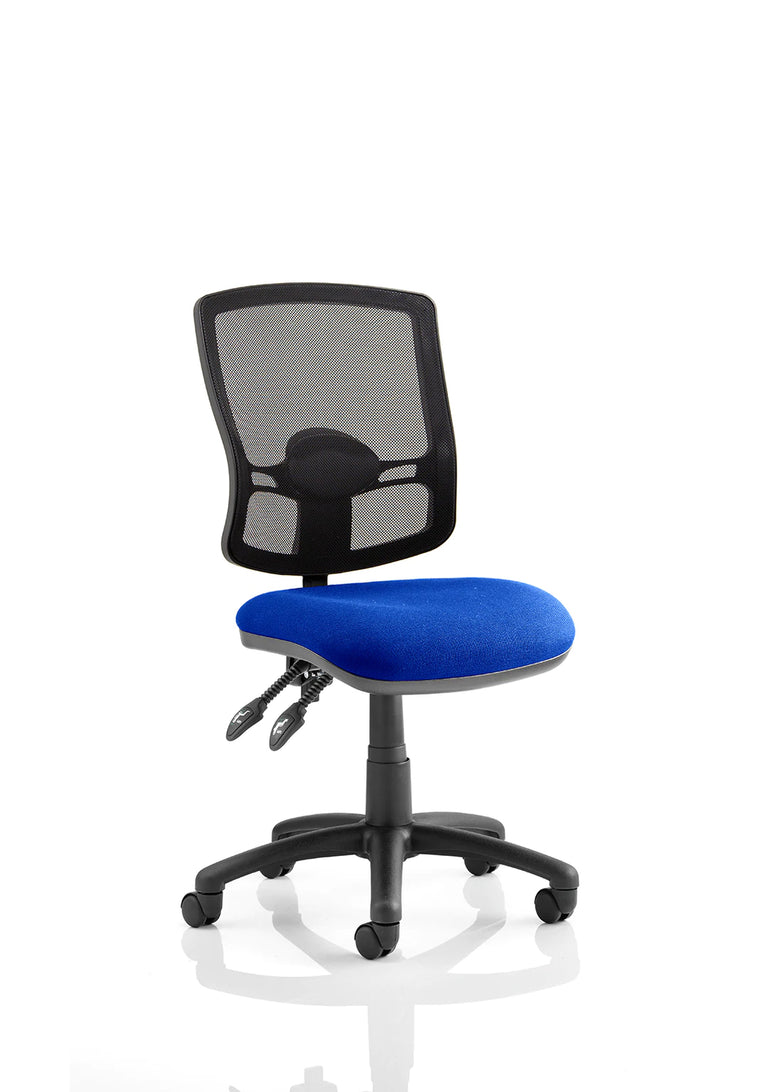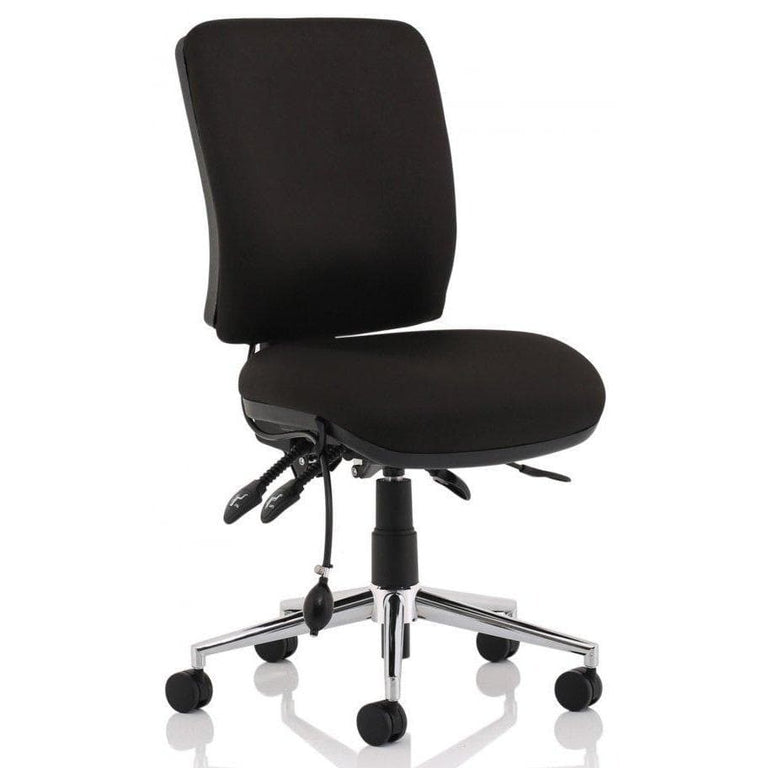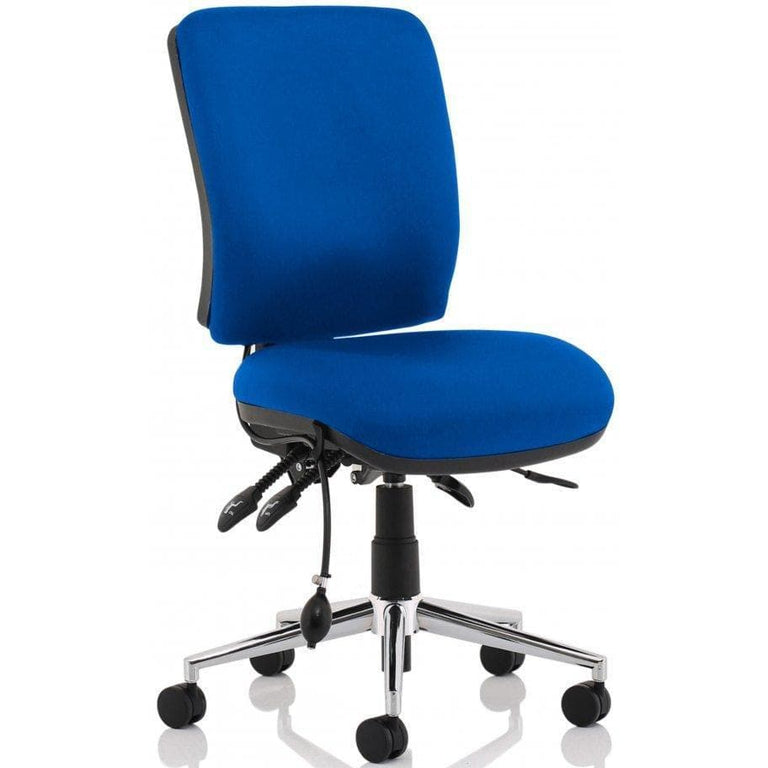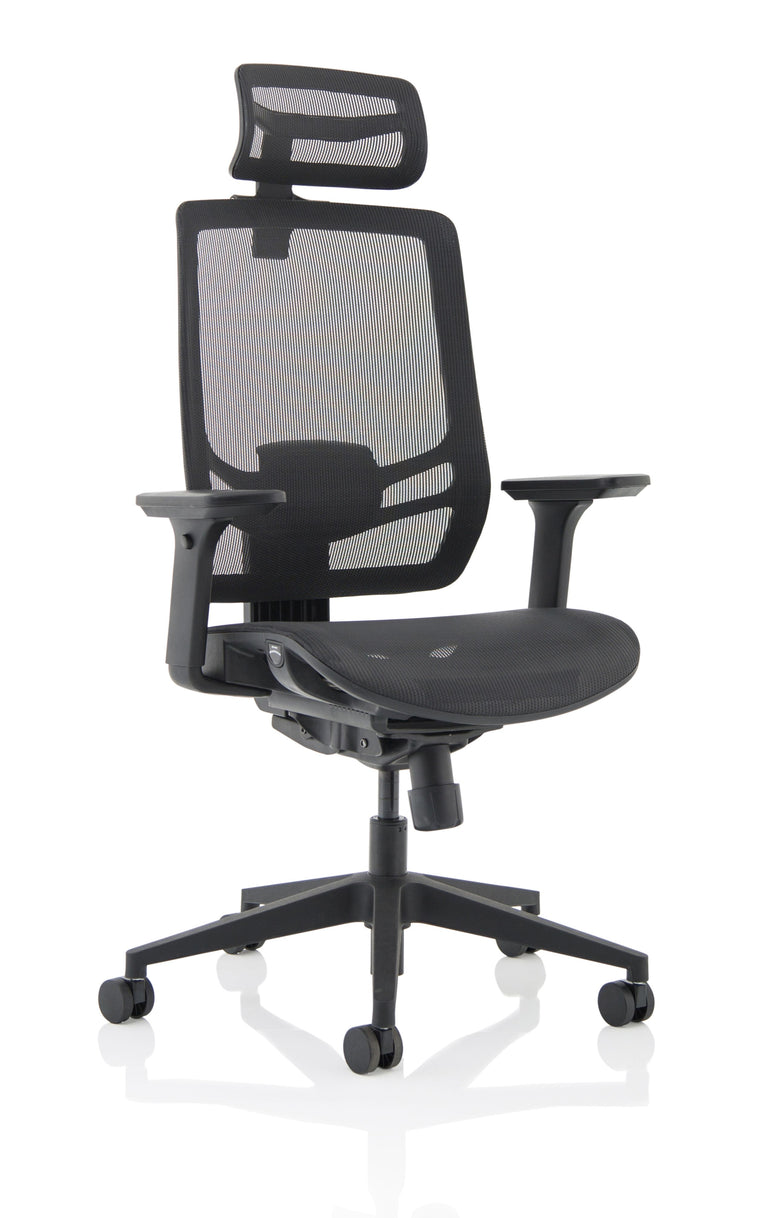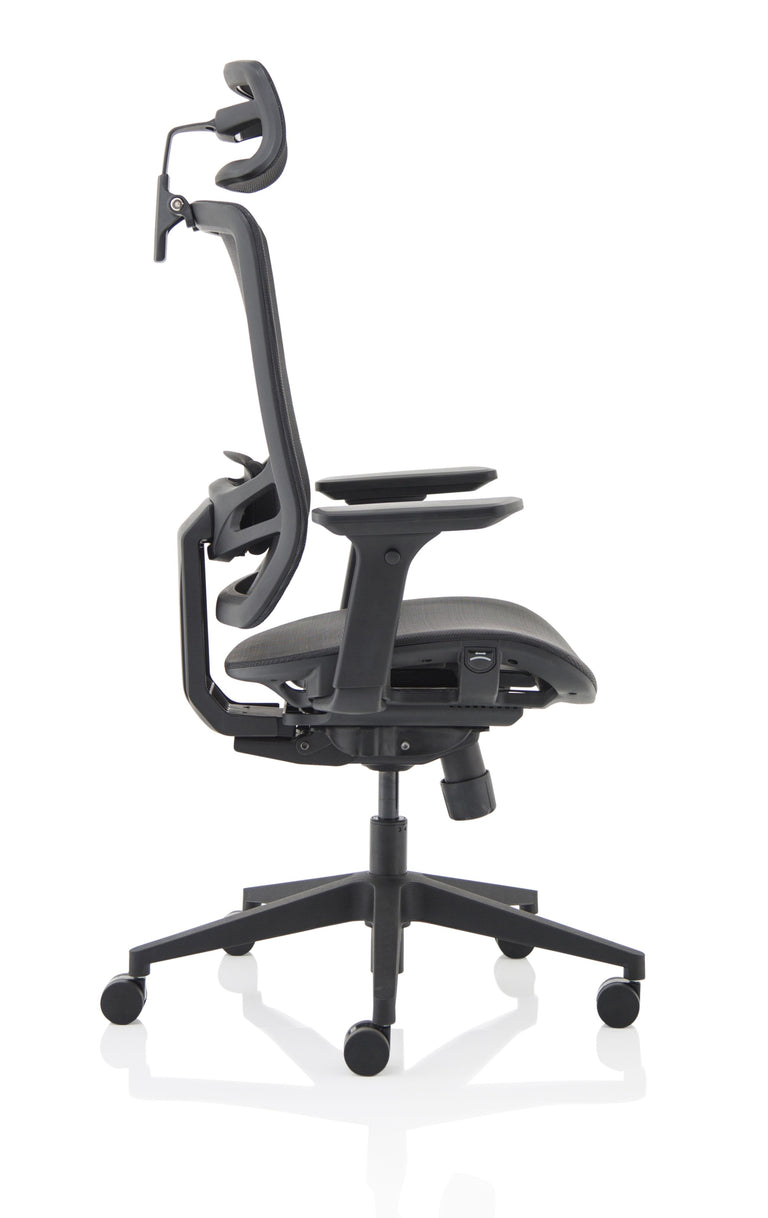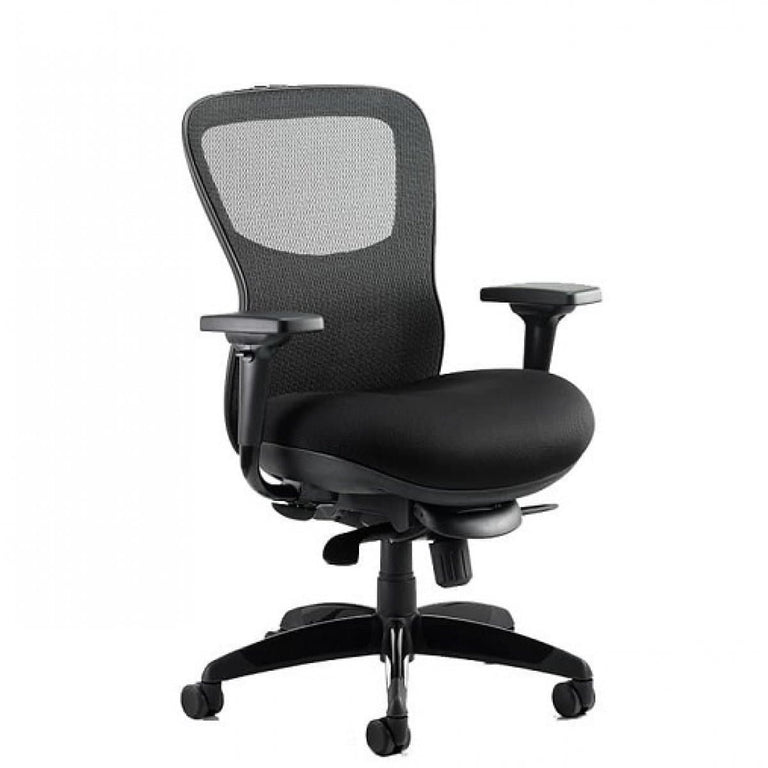When it comes to ergonomics, especially in the context of office environments, a lot of information circulates that can often be misleading or incorrect. These misconceptions can prevent people from making informed decisions that can significantly improve their comfort and productivity. In this post, we will debunk some of the most common ergonomic myths.
Myth 1: Ergonomic furniture is a cure-all solution for all work-related discomfort and injuries
While ergonomic furniture plays a crucial role in creating a comfortable and productive workspace, it's not a magic solution to all work-related discomforts and injuries. Ergonomics is about the interaction between a person and their work environment, which includes furniture, but also encompasses behavior, work habits, and even work breaks. Regular movement and changes in posture, for instance, are just as important as having an ergonomic chair or desk.
Myth 2: The most expensive office chair is the most ergonomic one
Price does not necessarily equate to ergonomic value. A high price tag may reflect the brand, materials used, or aesthetics, but not necessarily ergonomic design. The best ergonomic chair is one that fits your body, supports good posture, is adjustable to meet your specific needs, and encourages movement.
Myth 3: Sitting up straight all day is good for you
While slouching is detrimental to your posture, sitting up straight for prolonged periods can also cause discomfort and strain. The key is movement and variation in posture. An ergonomic setup should encourage natural, dynamic postures and movement, allowing you to shift positions comfortably throughout the day.
Myth 4: If it's labeled as "ergonomic," it must be good for me
Just because a product is marketed as "ergonomic" does not mean it will be ergonomic for you. Ergonomics is highly individual, as we all have different body types, work habits, and tasks. What works for one person may not work for another. It's important to try out different options and find what supports your body and work style best.
Myth 5: Standing desks eliminate all the problems of sitting
While standing desks can be a great way to introduce movement into your day, they aren't a panacea. Standing all day can also lead to discomfort and issues like varicose veins. The key is a balance of sitting, standing, and moving throughout the day, which sit-stand desks can help facilitate.
Myth 6: Ergonomics is just about physical health
While a significant part of ergonomics is indeed about physical health and preventing musculoskeletal disorders, it also takes into account mental and emotional well-being. A well-designed, ergonomic workspace can lead to lower stress levels, increased job satisfaction, and improved overall mental well-being.
Conclusion
Understanding ergonomics and its role in our working life is crucial to ensure a comfortable and productive workspace. However, it's also important to discern fact from fiction. By debunking these common ergonomic myths, we hope to have cleared up some misconceptions and encouraged a more informed approach to creating ergonomic workspaces.
Do you want to know more about office work ergonomics? Read our ergonomics guide.
Remember, everyone is unique. What works best for you in terms of ergonomics might not work as well for others. The most important thing is to listen to your body and adjust your workspace to fit you, not the other way around.











